India Part 4: Tales from Goa between Arambol and Patnem
Freedom beneath palm trees: What’s Goa really like (Nr. 59)
We’re listening to the waves crashing, a fan rattles above us and a burning incense stick chases away the annoying mosquitoes. The silk sleeping bag sticks to our skin and every movement makes us sweat. This is what South India feels like. Slowly the sun comes out, the fishermen prepare their boats, the joggers and yogis greet the first rays of sunshine and we go out onto our balcony and can hardly wait to jump into the sea. After several weeks in India with the most diverse impressions and contrasts (check-out our blogs about Fascinating Rajasthan or Mumbai), it was time to relax and we took the night train from Mumbai to Goa in December 2022, where we stayed for six weeks and explored the north and south.
Goa and the freedom beneath palm trees
Probably no other Indian state evokes as many associations as India's smallest state on the west coast of India: Soul-searching hippies since the 60s, drugs & psytrance parties, holiday destination for beach lovers, charter destination for Russians, escape for Israelis after the military, a place on the bucket-list of hedonists, yogis and healers of all kinds. Goa is the end point of the legendary hippie trail on which we’ve been traveling for some time now. Most people already have an opinion about Goa without ever setting a foot here, a reputation precedes a region. But what’s Goa really like?
The truth is, there are more beautiful beaches in the world, the sea is murky, there is often garbage and at the weekend there are lots of Indians on the beaches who spend their day drinking and staring at foreign women on the beach. That's one side of Goa. But there are also long stretches of sandy beaches, stunning bays with coconut palms swaying gently in the wind, the scent of tropical fruit and fiery red sunsets over the Arabian Sea, all accompanied by an incredibly relaxed lifestyle.
How you’ll experience Goa entirely depends on where you’ll travel, more than in any other places we know. The differences between one beach town to the next can be huge. One place can be completely run-down with shabby bars, while two kilometers further you’ll encounter retired Europeans who return every winter to the same place and a little further you can get a glimpse of the hippie-paradise Goa once was and still is in some ways. Goa definitely has its charm, but you have to be in the right place to feel at home. And now follows our completely subjective lists of places you should visit and avoid in Goa.
Goa is not just Goa: Where should you go?
- Most beautiful beaches, cozy atmosphere with the right amount of infrastructure: Agonda, Benaulim, Mandrem, Patnem Beach (our favorite)
- Most beautiful beaches for a day trip: Cola Beach, Kakolem Beach
- Package holiday atmosphere, flea markets and big trance parties: Anjuna, Baga, Vagator
- Hippie atmosphere, ecstatic dances and lots of Russians: Arambol
- What you can safely avoid: Calangute, Colva Beach
Arambol: Reveling in memories and creating new ones
Arambol. A small fishing village on the beach became my refuge from India in 2007. I was 21 years old and had just spent several months traveling alone through India. It was upsetting, exhilarating and an emotional rollercoaster. A long bus ride brought me to Arambol, I rented a cottage (back then for USD 3.- a night, nowadays Goa has become expensive, especially in the high season) and of course stayed longer than planned. So long, in fact, that I briefly considered extending the whole trip even further, putting my professional ambitions to one side and pressing the pause button right at the start of adulthood and devoting myself entirely to the hippy life here, designing jewelry and clothes and selling them at the flea markets.
All the hippie women looked beautiful to me with their homemade linen dresses, hand-poked tattoos, silk headscarves and tanned skin. The men with long hair, a guitar in one hand and a joint in the other. Arambol touched something deep inside me and left a long-lasting impression. Riding from beach to beach on a scooter for days, listening to the drum circle in the evening and then sitting together around the fire on the beach. You want to come back to a place like that, year after year. Be part of the returning community.
I didn't, life got in the way and at some point, I didn't want to go back anymore. The fear was too great that the place had changed so much that I wouldn't recognize it and I would rather keep my rose-tinted memory for myself and preserve it. Everything to not share it with reality.
Arambol: Where have all the hippies gone?
We began our journey and Arambol kept coming up several times, whether as the name of a store in Hormuz in Iran or in conversations with other travellers. So often that at some point I decided to come back and create new memories. And, of course, Dario also started becoming curious about this place. We decided to stay for 10 days and then cycle further south. The main beach of Arambol is long and stretches further south to beautiful Mandrem, where you can take long walks for hours along wooden fishing boats and beach bars. Dogs lie curled up on the beach and holy cows trot slowly around.
At the northern end of the beach, a path leads on to the beach at Sweet Water Lake, where there is little infrastructure and it is even more idyllic. From the small lake, a trail goes into the jungle, where some people still live under the large trees by the river. The only difference is that the former hippies with their long, gray dreadlocks have been replaced by young, good-looking Russians and Israelis. Being a hippie has become Instagram-able and is also diligently documented and shared.
Back along the main drag, Indian families wearing "I Love Goa" T-shirts shuffle along the market stalls with a bottle of beer in their hand. Hang drums, conch shell horns, dream catchers and hand-crocheted bikinis are sold at the stalls. The many restaurants offer international cuisine, alcohol is available cheaply and the numerous vegan and raw food cafés also cater to the health-conscious clientele. At first glance, Arambol appears to be a normal vacation resort with a mixture of Indian and foreign tourists who simply want to relax here. But you soon realize that there is more to it than that. Mandalas are painted in the sand, juggling takes place on the beach and the Russian-influenced hippy market on the beachfront offers everything from homemade cakes to tarot card readings and nail board experiences. If you want, you can immerse yourself spiritually, have your aura photographed, find your inner Shamanic voice, attend a tantra workshop, have your chakras aligned on every corner or simply try your hand at a hula hoop workshop. Spirituality as a business in Goa.
Renouncing the mainstream together. For many, Goa, along with Bali, Koh Phangan, Rishikesh and a few places in Mexico & Guatemala, is a fixed point on the long-term journey. It's a wonderful place to stay in your spiritual bubble and meet like-minded people. You teach yoga, breathwork and sound healing in Asia in winter and travel to festivals in Europe in summer. Open-minded and tolerant and yet the whole scene somehow seems to be very homogeneous, good-looking, slim and white. You have to be able to afford a life like this, however basic it may be; and let's be honest, very few people in the world have the opportunity to do this. What is real here, what is authentic - a question that somehow accompanies us at every turn in Goa. Where do we find our place here and what phase of life are we currently in? Goa somehow shows us the mirror of what could be and what we are no longer.
It takes a moment for us to settle in Arambol. It’s too Russian-influenced, too obviously alternative and at the same time too normal. But we soon realize that we just have to find the right places and then we discover a completely different Arambol, where I still feel that magic from back then, that sense of community of being together in this place at this moment, a feeling that’s impossible to describe. But finding these places takes time or the right people. After many months without nightlife, we really enjoy being in a place with so many opportunities. There is something going on every evening, be it a concert, an open-mic night or an ecstatic dance with a cocoa ceremony. Many artists spend the whole winter in Arambol and perform regularly and there is probably no other place in Goa where you can enjoy really good live music so often.
Our days here go by far too quickly and of course we work much less on our blogs and videos than planned. The days seem to have too few hours and our stay is over too quickly. After 10 days, we say goodbye to this little place that still touches something deep in me after all these years and radiates something special that can’t be described in words.
Another side of Goa: Colonial heritage in Panjim & Goa Velha
We take five days to cycle through Goa. It could easily have been done in two days, or even in one day for very ambitious cyclists. But once again we want to take our time, choose the beautiful side roads and spend the night in selected places along the way. Goa's charm only really unfolds in the backcountry in the small villages with the colorful Portuguese houses with curved roofs and the magnificent manor houses, which are slowly being reclaimed by nature. More than anywhere else in India, Goa has developed its own culture from local roots and colonial influences.
In 1498, the Portuguese explorer Vasco de Gama reached the Indian coast after a year at sea, becoming the first European to conquer the sea route to India. Even today you can still feel the Mediterranean influence in Goa and you often feel like you've been transported to the Iberian Peninsula, only with more tropical temperatures. What remains from the Portuguese colonial period (1510 - 1961) are the many whitewashed churches, the Christian faith (30% of Goa's population are Christians), some special fish and seafood dishes and surnames such as Da Souza or Fernandes. The flowered dresses of the older women remind us of the style of their peers in Portugal and the local elite still speak Portuguese. The smallest state in India is also the richest with the highest GDP per capita of all Indian states, meaning that the standard of living in Goa is far above the Indian average. It’s therefore no surprise that the low-wage jobs are done by migrant workers from the surrounding states like Karnataka.
We’re travelling through Goa during Christmas Season and everywhere we see carefully constructed and creative cribs set up across the state in front of houses or churches. It’s a different side of Goa compared to the beach towns and it’s a pleasure to discover the villages and the beautiful palm-lined streets by bicycle.But it’s not that easy cycling through Goa as imagined as there are still enough steep climbs making us sweat.
Halfway between North and South Goa, we make a stop in Goa's capital Panjim (population approx. 96,000). And how could it be otherwise, it’s the most laidback state capital in the country. The picturesque old town Fontainhas is adorned with pastel-colored red-tiled houses with wooden balconies. Heritage guesthouses and many good restaurants make a longer stay worthwhile, even if Panjim itself doesn’t offer many sights.
If you want more culture, you can only drive a few kilometers further inland to Velha Goa, the former capital. At the height of Portuguese power in the 16th century, Velha Goa became a flourishing city and countless magnificent churches and monasteries were built and evangelization began. More than 300,000 people once lived here, more than in Rome or London at the time. However, several devastating malaria epidemics gradually turned Velha Goa into a ghost town until the capital was moved to Panjim in 1843. Little remains of what was once the most important Portuguese trading center in Asia.
The former glory has disappeared, but tourists and pilgrims still come to see why UNESCO has recognized Velha Goa as a World Heritage Site, with its faded church walls, huge facades and the grave of St. Francis Xavier, who became famous here as a missionary. He spent many years in Asia and discovered areas that were still completely unknown at the time. After his death in China, he was shipped to Goa and his body miraculously emerged unmolested. Francis Xavier was canonized by the Catholic Church and every ten years the moral remains are presented to the public, attracting masses of pilgrims from all over the world. But otherwise the past rests drowsily in the tropics in Velha Goa. Since the hippies came to Goa in the 60s, the attention has turned to the beaches.
Palolem & Patnem Beach: Goa’s deep south
South of the capital, the beaches get longer and longer and one resort merges into the next. We cycle along the coast to the crescent-shaped palm beach of Palolem. I remember it as a dreamy, quiet beach with simple seasonal beach huts and white sand. The beach is still beautiful and, together with Agonda, certainly one of the most beautiful in India, but the secret is definitely out and the tranquility from back then is gone. The main Beach Road is lined with one store after another selling colorful dresses, swimsuits and fake pashmina shawls. The sandy beach is packed with bars and restaurants and is bustling with souvenir sellers and excursion providers for boat trips and kayak tours. It has become difficult to find a quiet spot here.
Many guests are here for a short holiday and the range of activities is geared towards this with rather expensive restaurants on the beach front and rather dull cover bands playing in the evening. We don't really want to stay here for a longer time, so it's all the better that our accommodation is at the very southern end of the beach, tucked away in the jungle.
The Bhakti Kutir, with its airy wooden bungalows, delicious vegan restaurant and yoga classes, will be our refuge for the next three weeks. We want to work on our website and try to process all the impressions of the past months. But Goa is just too beautiful to seriously sit at the laptop for several hours a day and our discipline is somewhat lacking.
We are within walking distance of Palolem Beach and Patnem Beach, Palolem's little sister. This beach is the most beautiful place in Goa for us. It still has the simple huts and the cozy, inviting atmosphere. It’s easy to meet people and no one seems to come here for just a few days and we have many inspiring conversations with long-term travelers. Many of them keep returning year after year, send their children to the international school in winter and go back to Europe in summer. We could definitely imagine a life like that and we start to wonder how easy it would be to start a business in Goa.
We like Patnem immediately and time passes far too quickly and we find ourselves wanting to extend our stay. But this time that’s not realistic as we have to leave India after 90 days in the country, before we could re-enter for 3 months. So, there are clear limits to our stay in Goa. Once again, we sit on the beach and watch one of those magical sunsets in Goa, this special place where clichés crumble like sand between your fingers.
Without all the seekers, the artists, the crazy hedonists, the freaks, the lean yogis and singing bowl healers, Goa would just be a beautiful stretch of coastline like so many others, it's the people that make it special. We were enchanted by Goa and even after all these years, there is still some of the magic here that I felt back then, but you have to scratch a little beneath the surface to find it. We leave Goa wistfully with the firm intention of returning sometime in the future. Hopefully, it won't take 16 years this time.

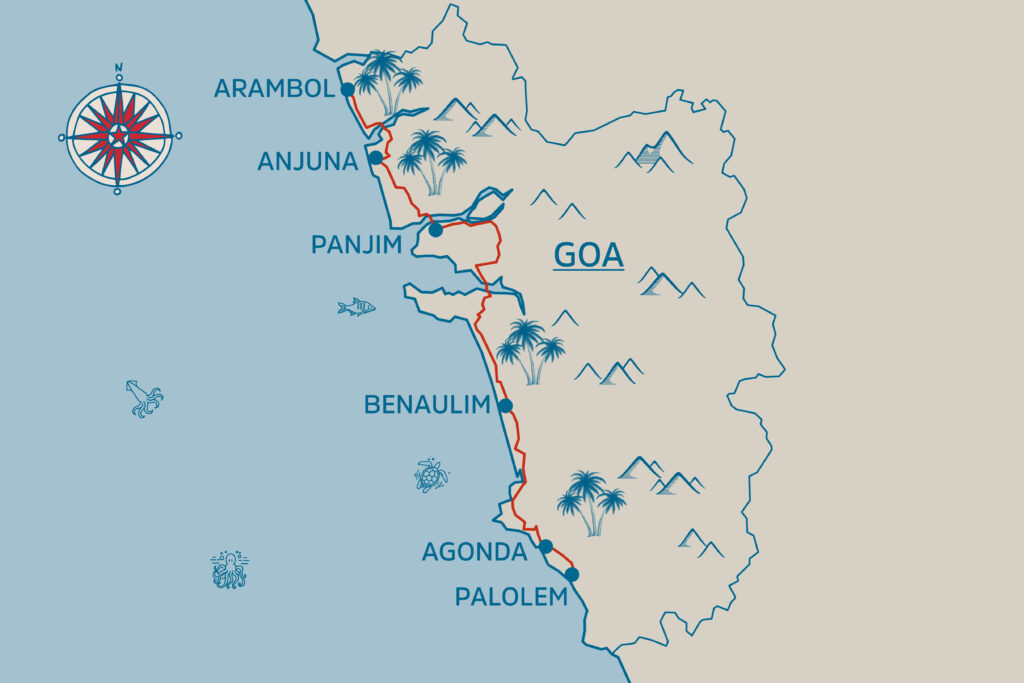
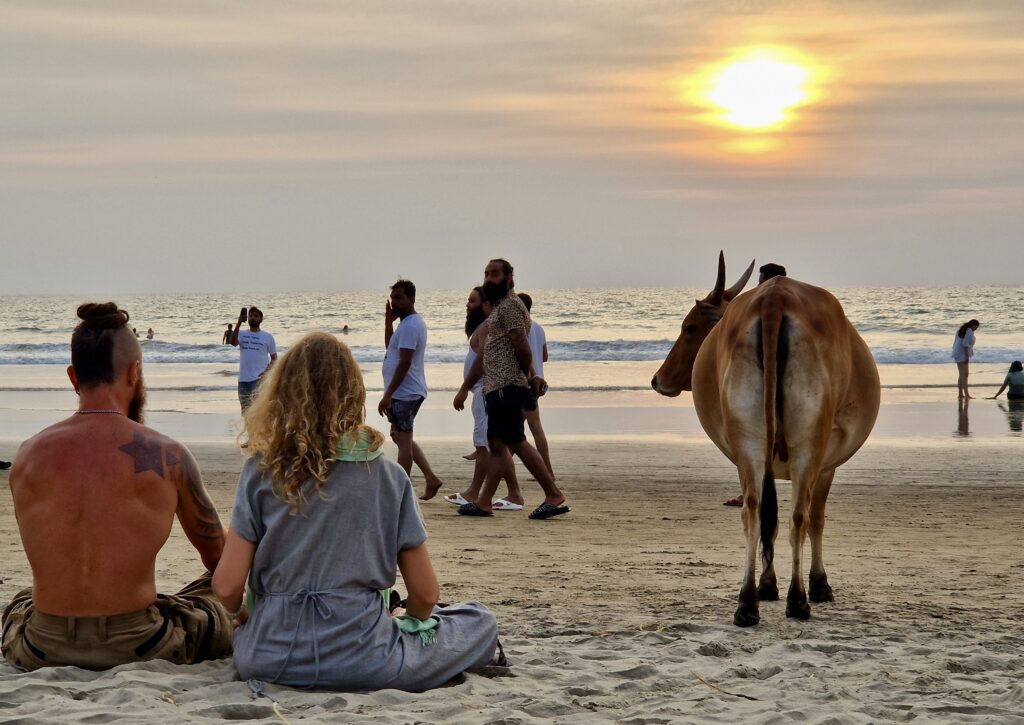
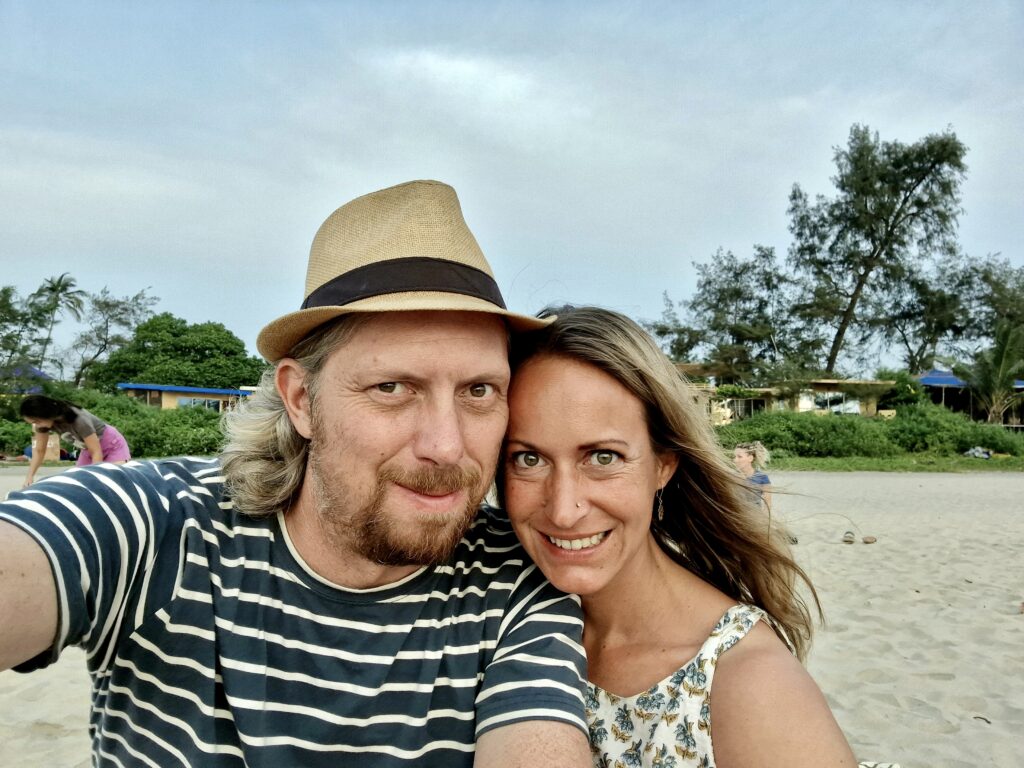
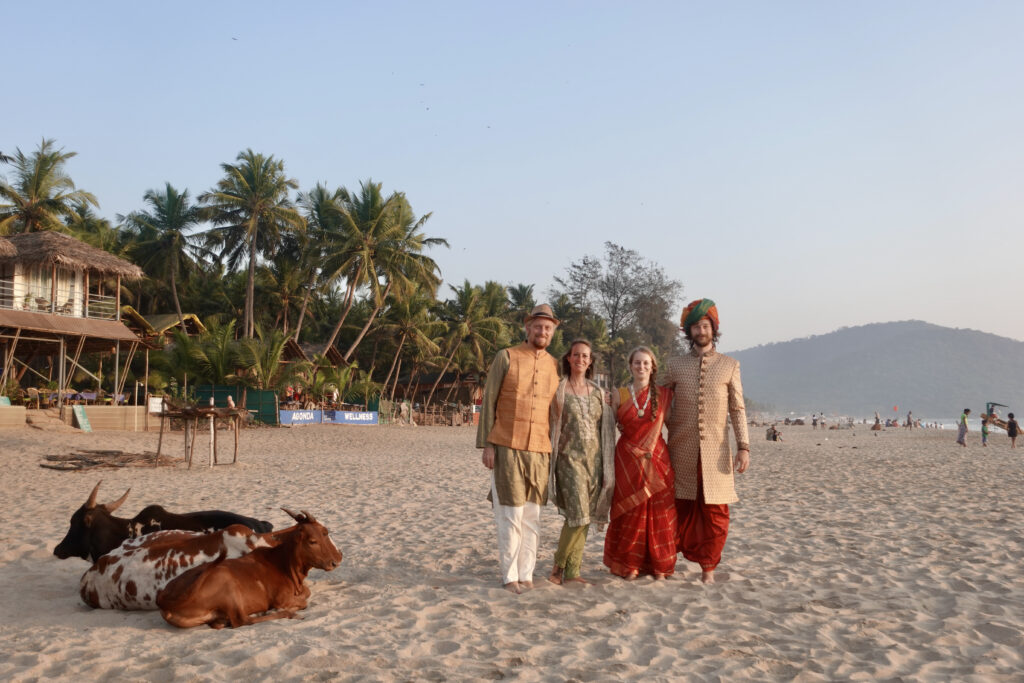
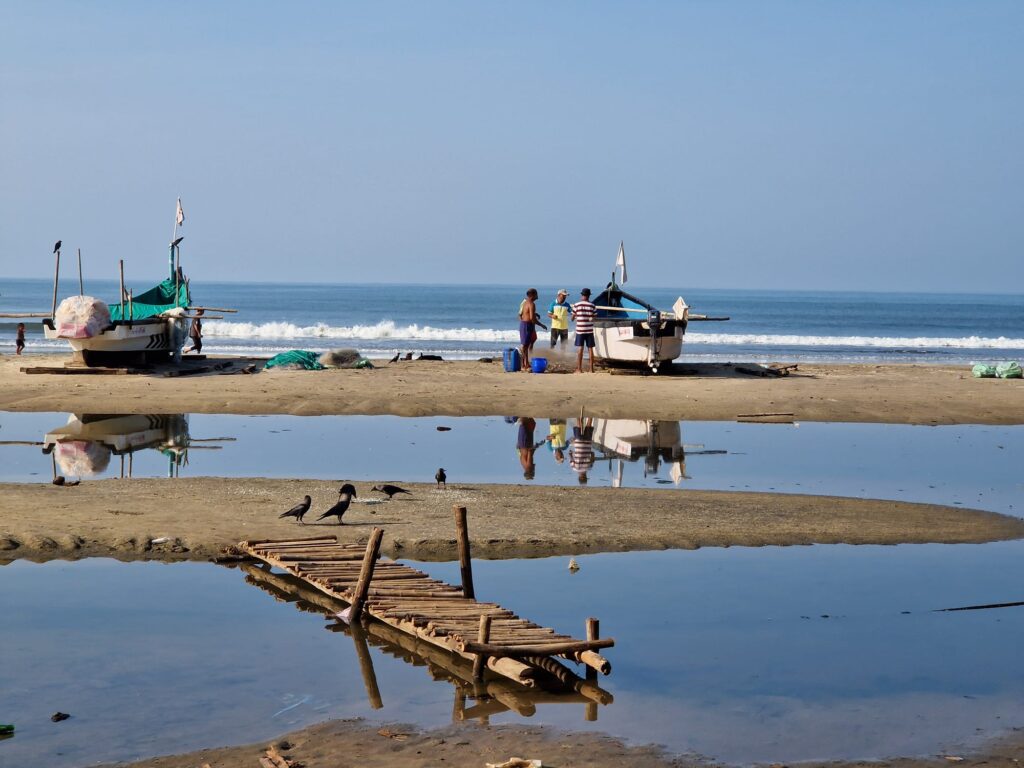
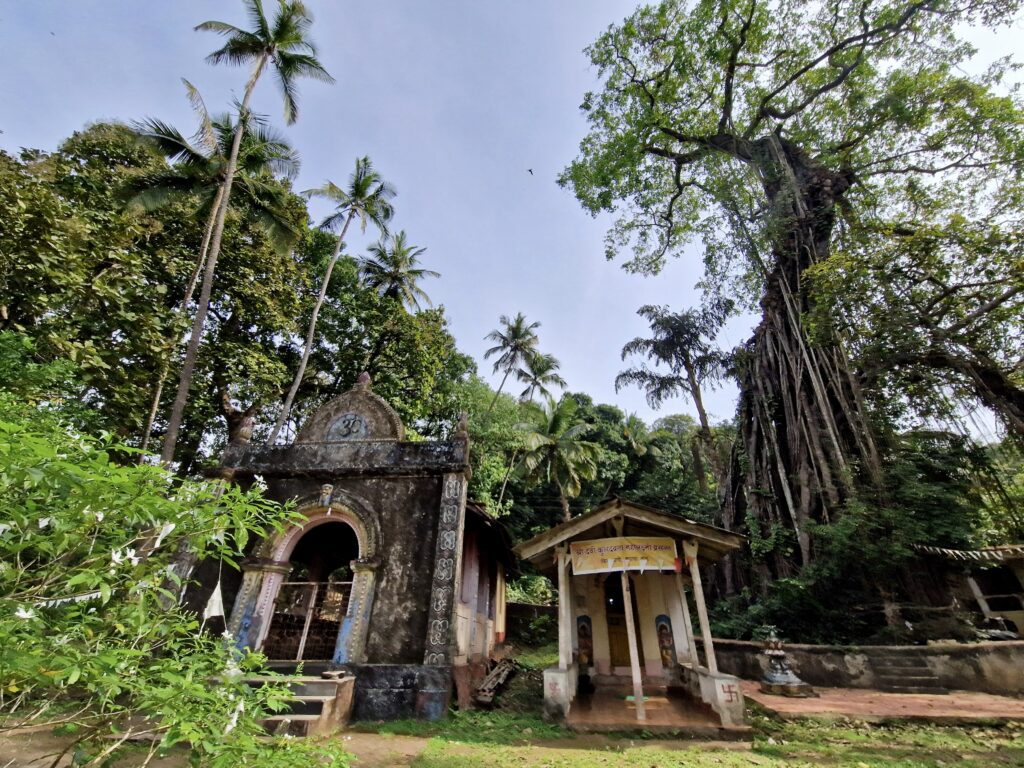

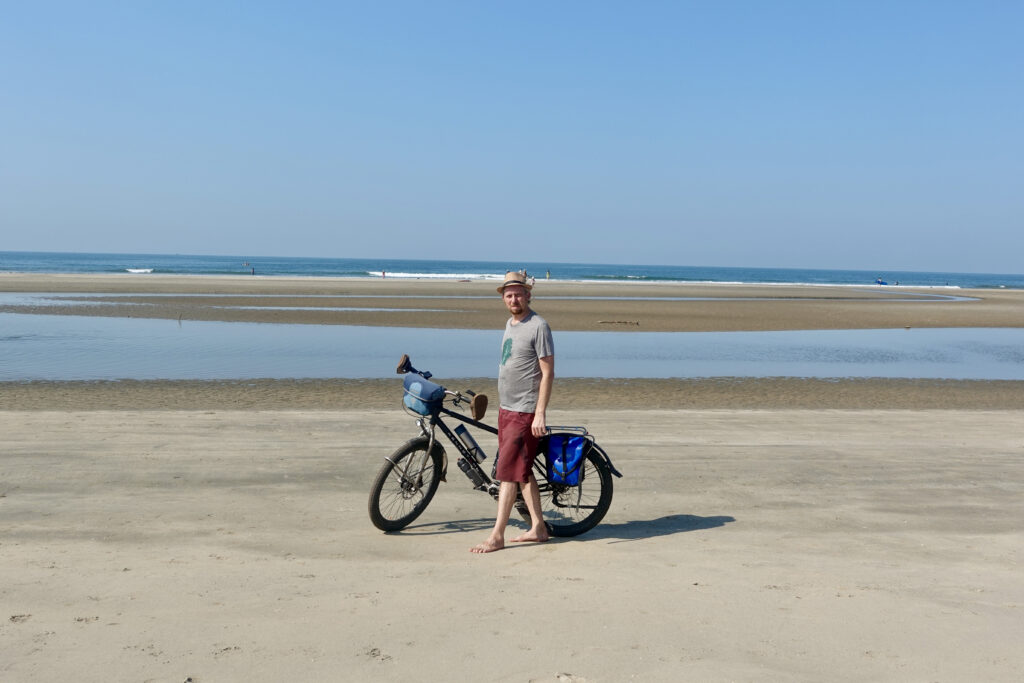
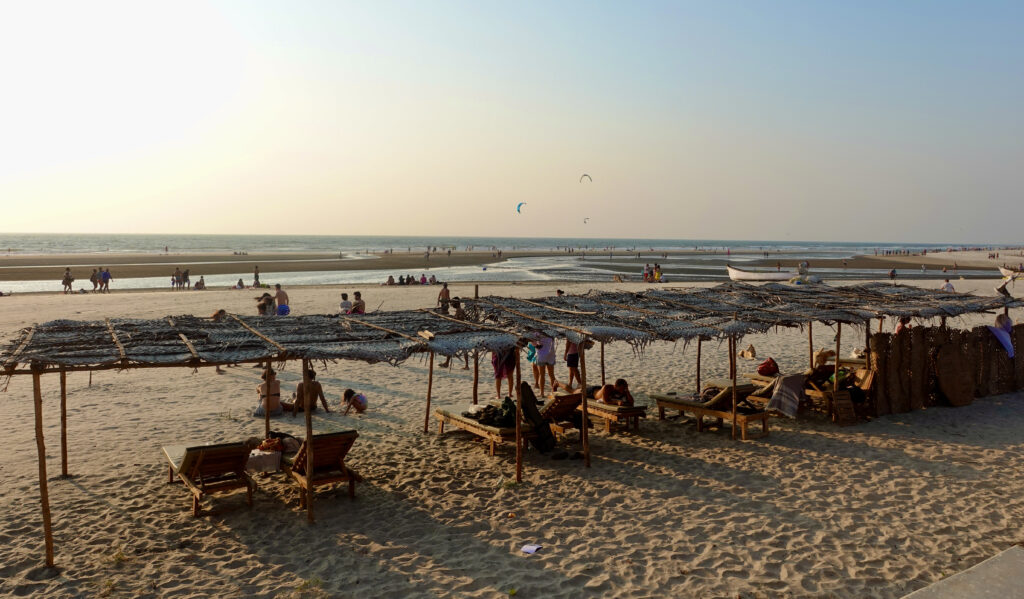
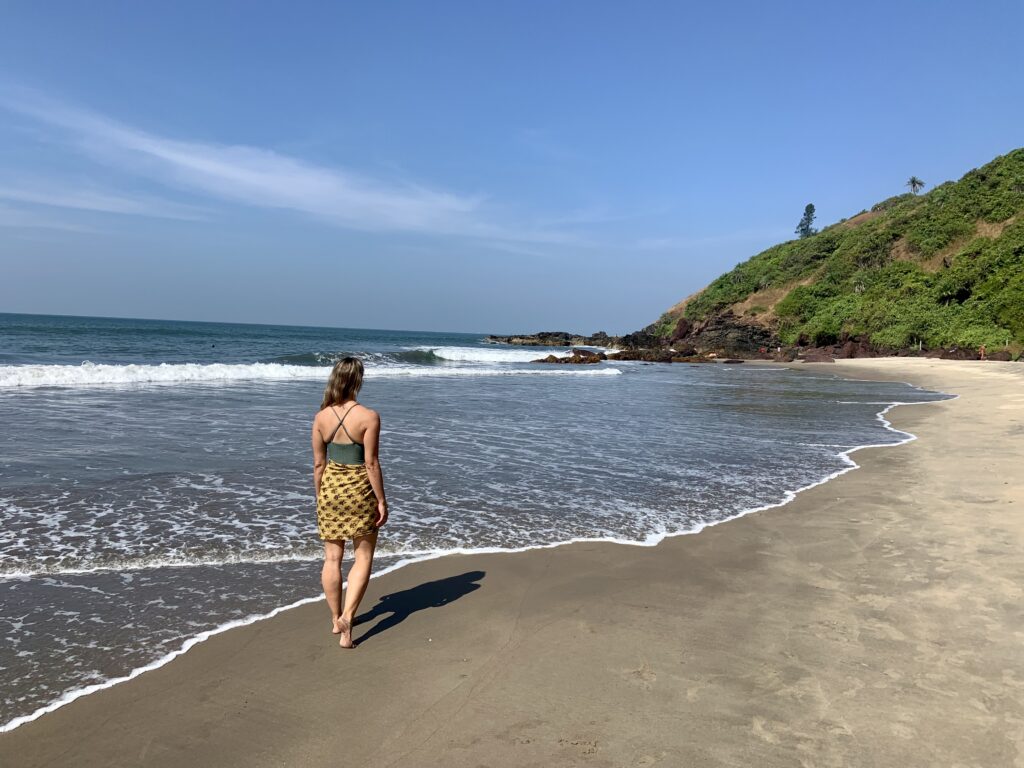
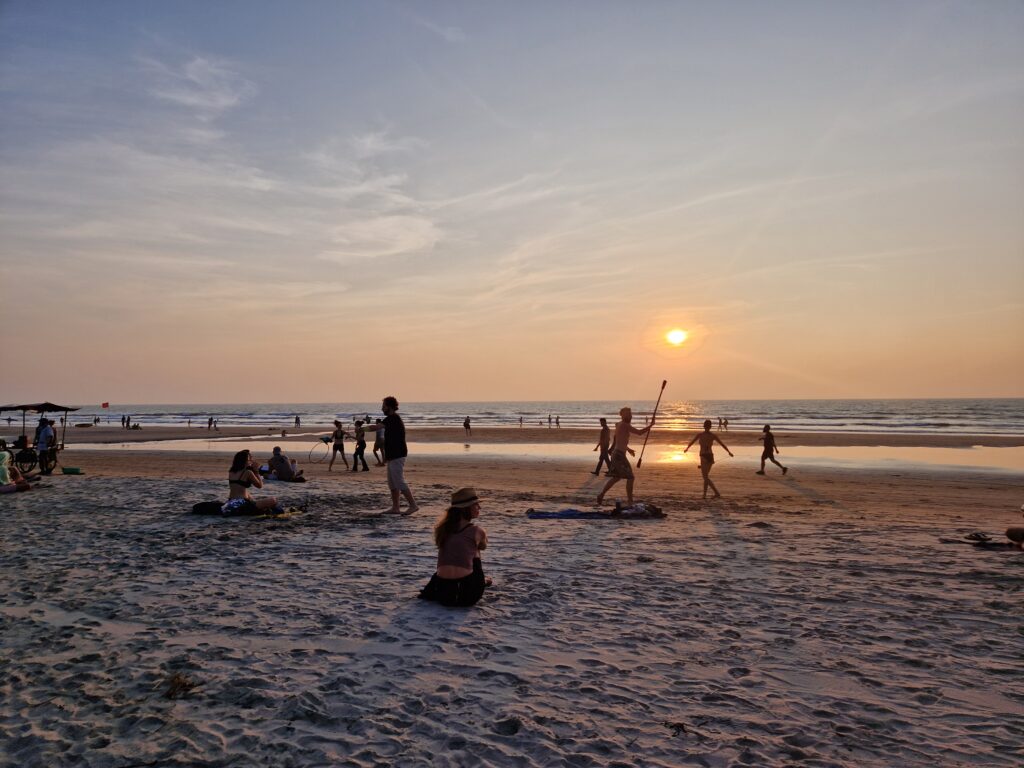

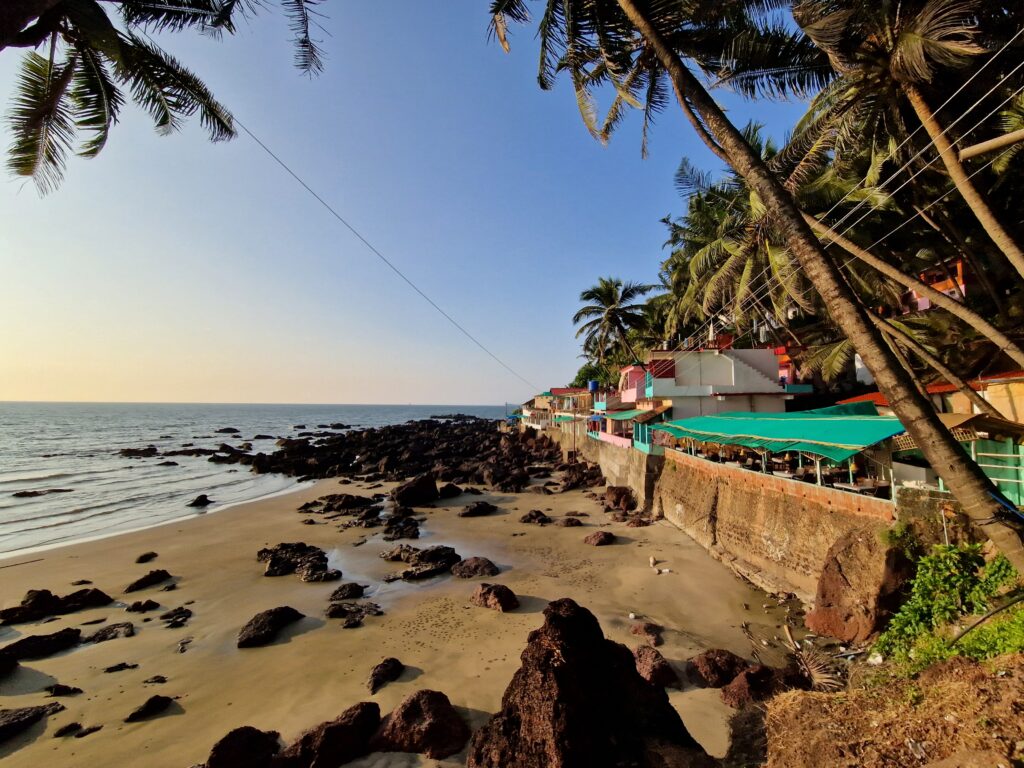


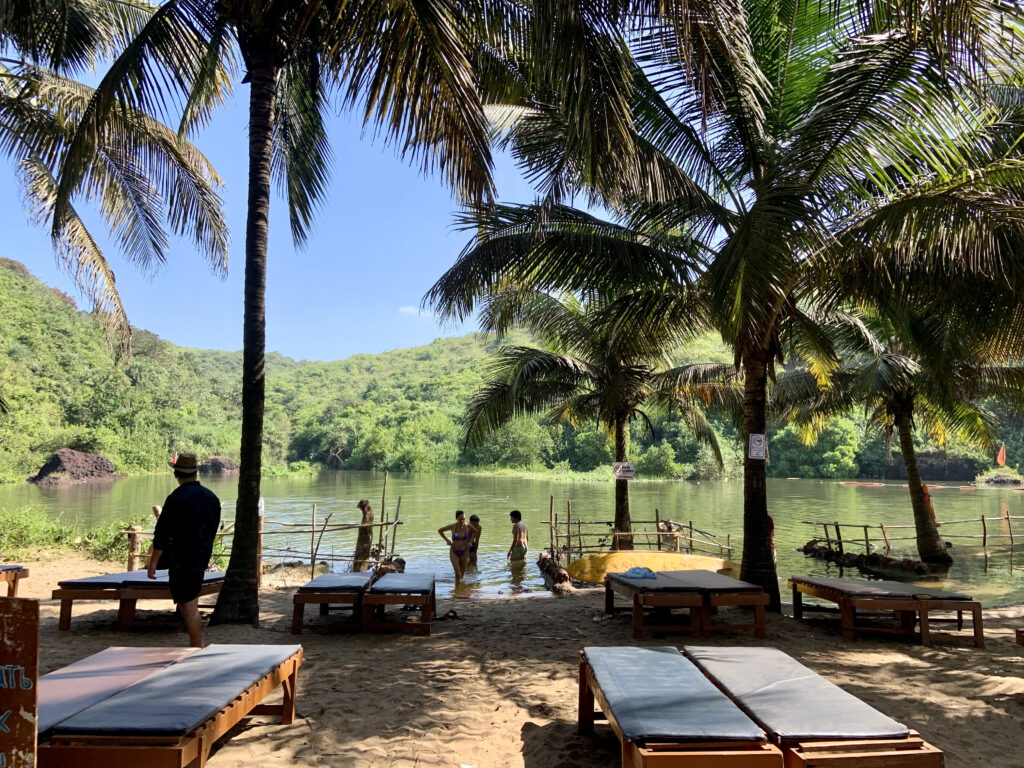
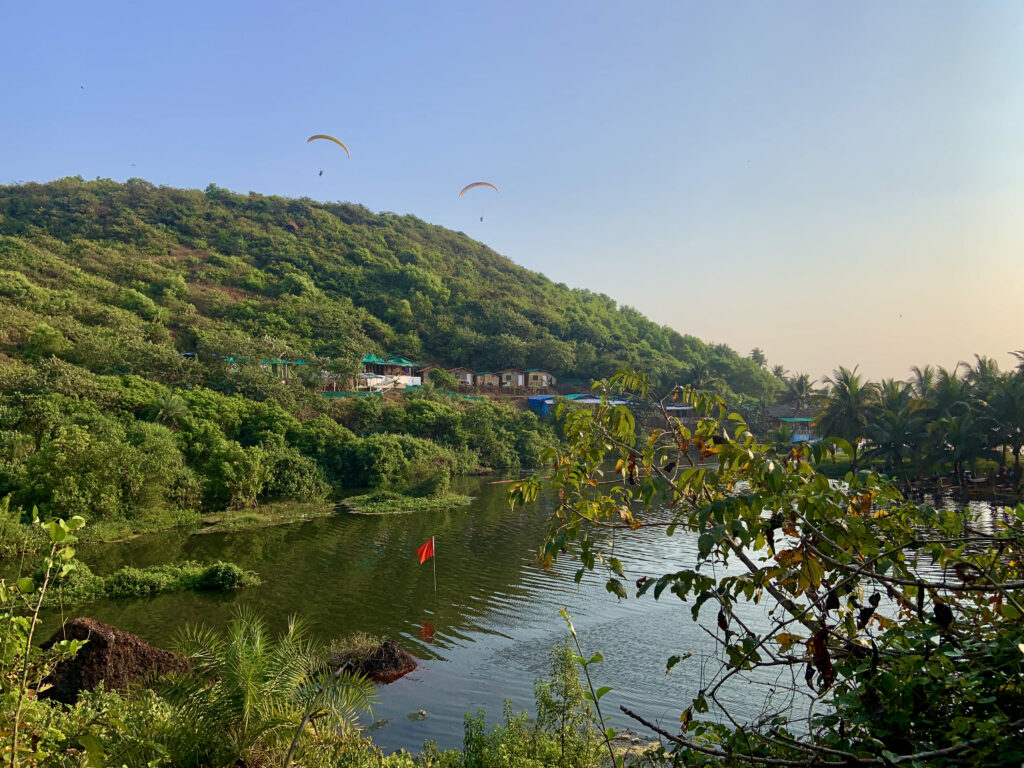
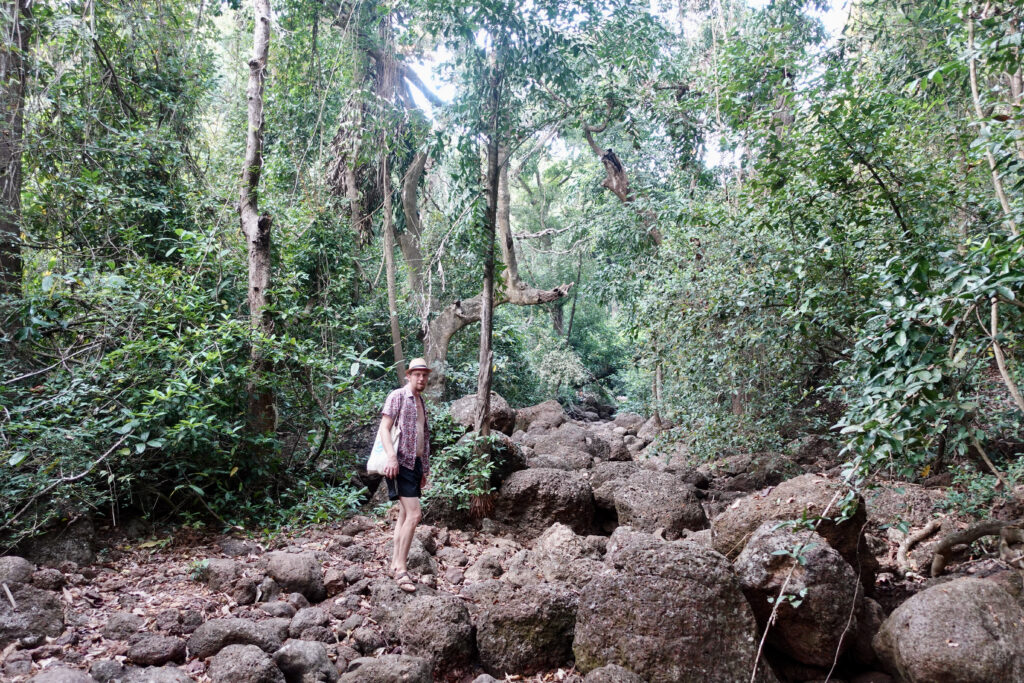
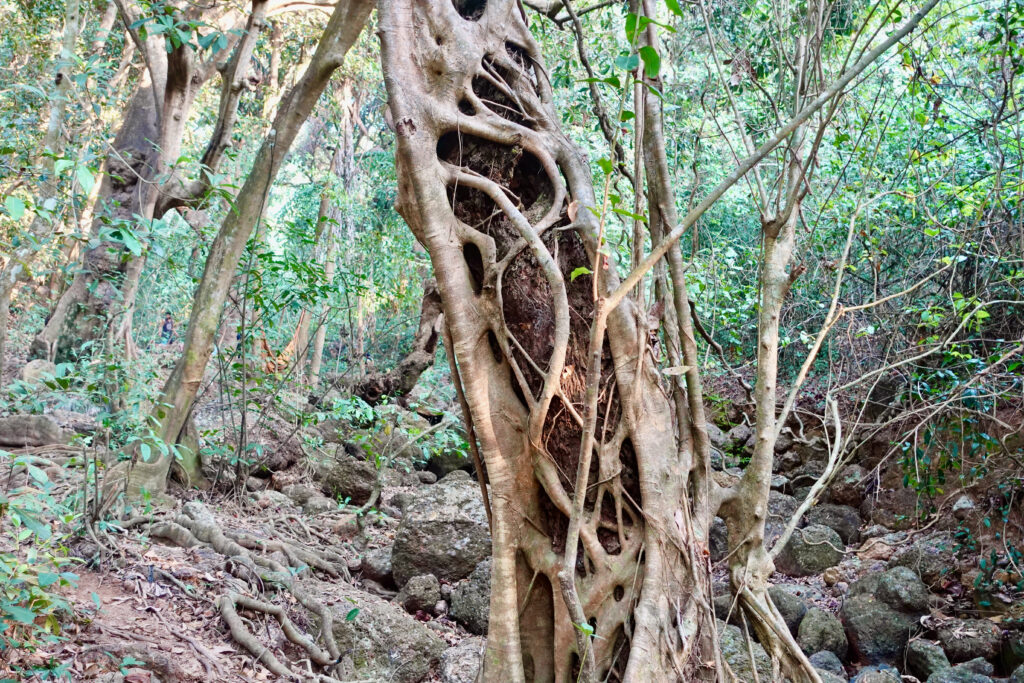
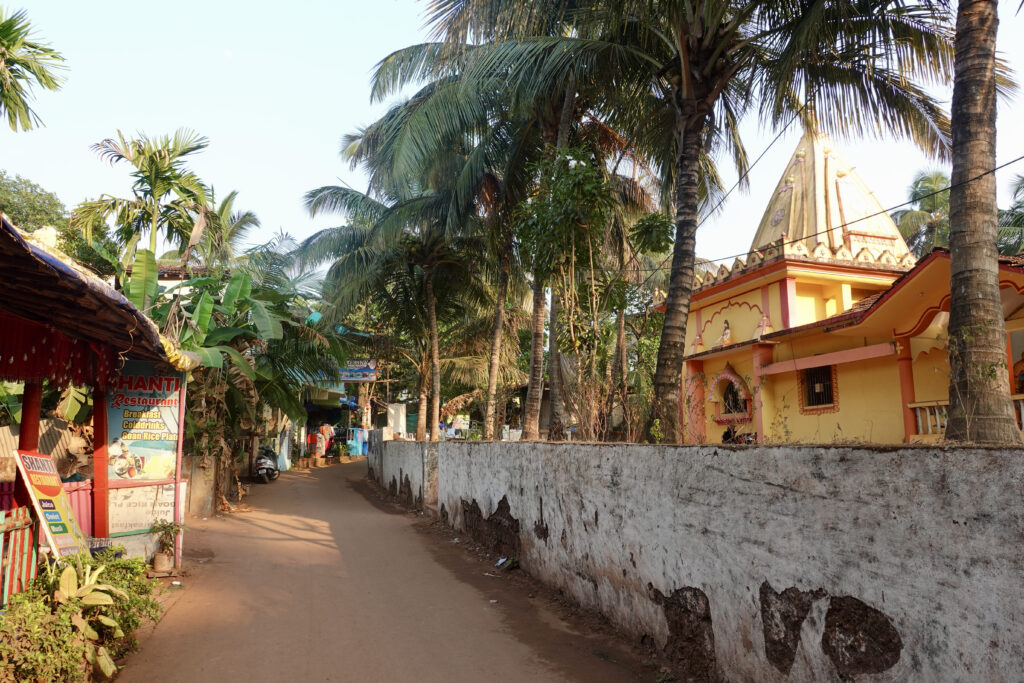
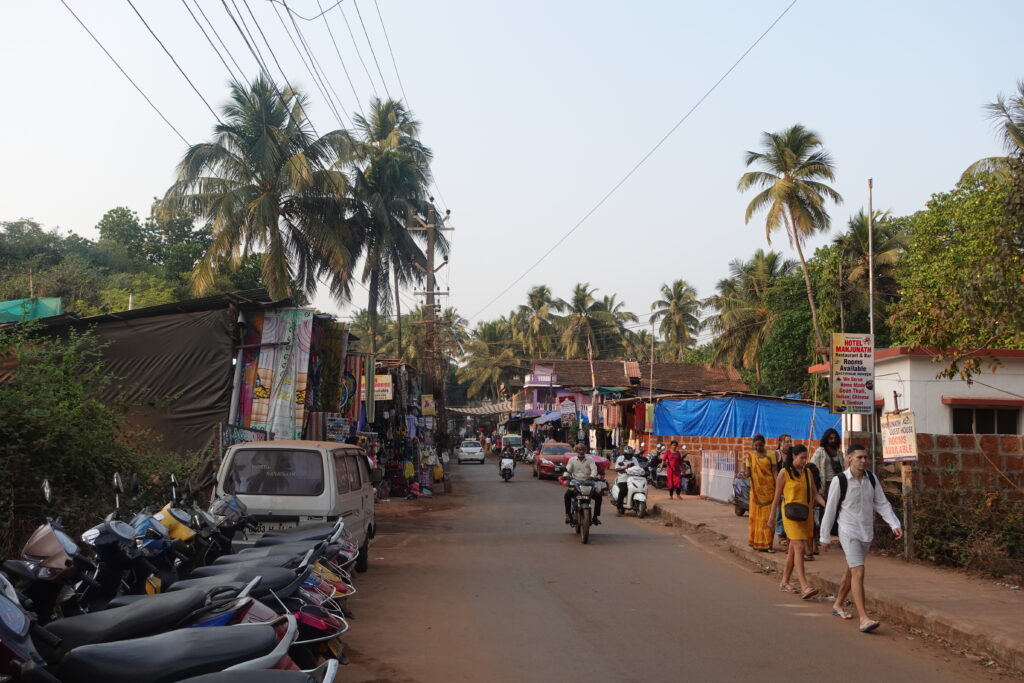



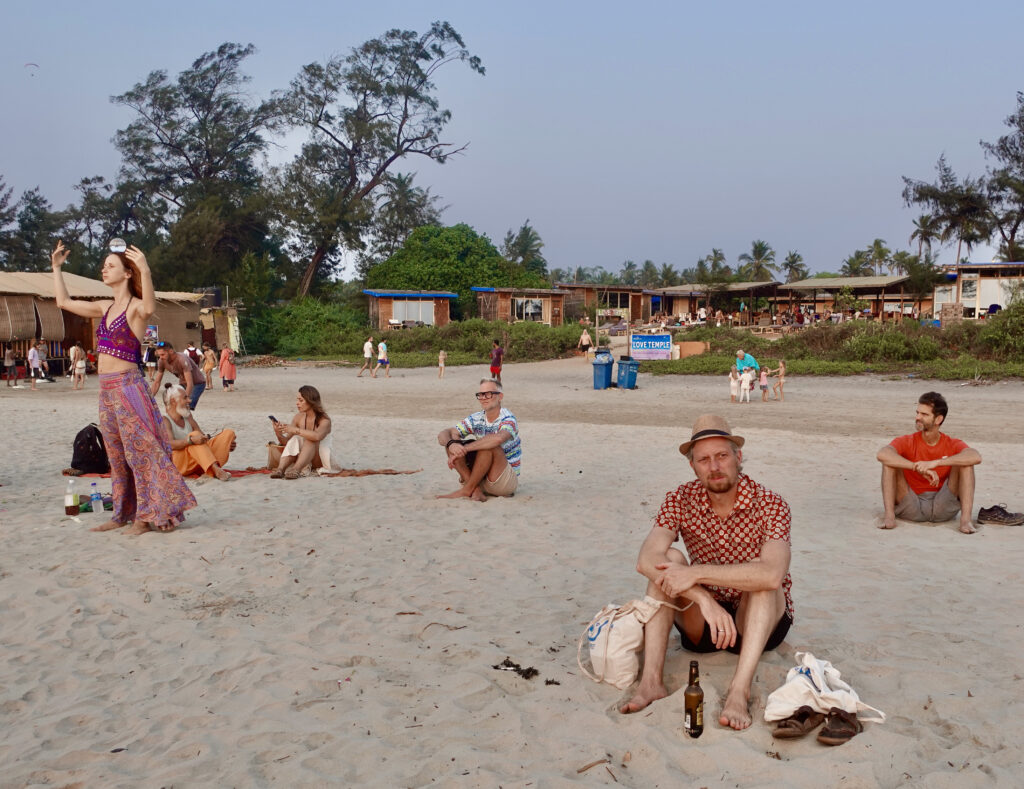


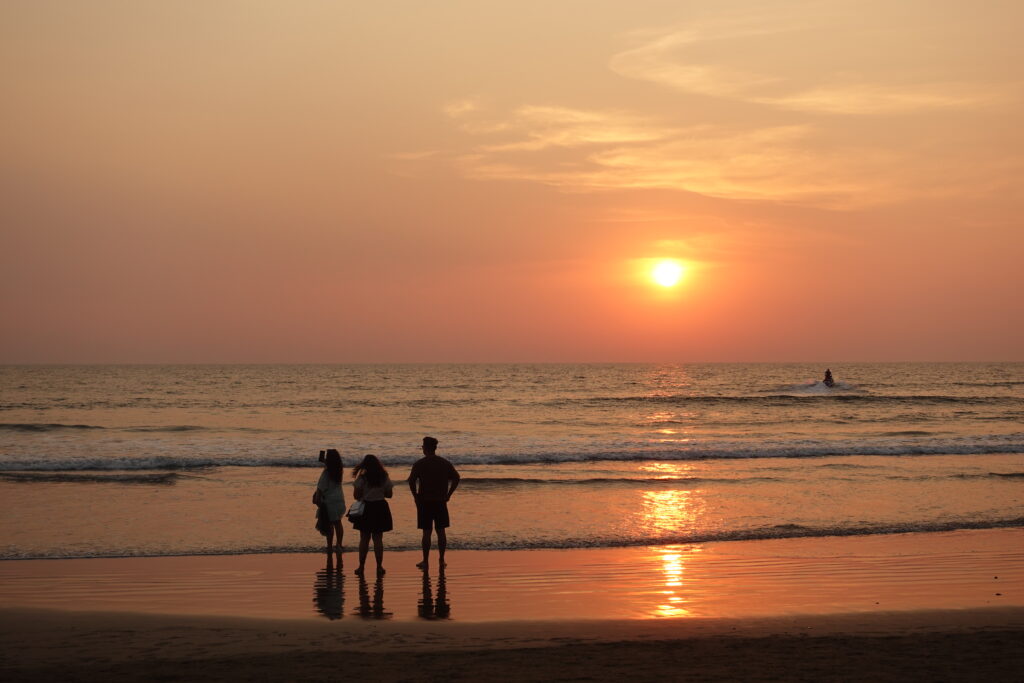


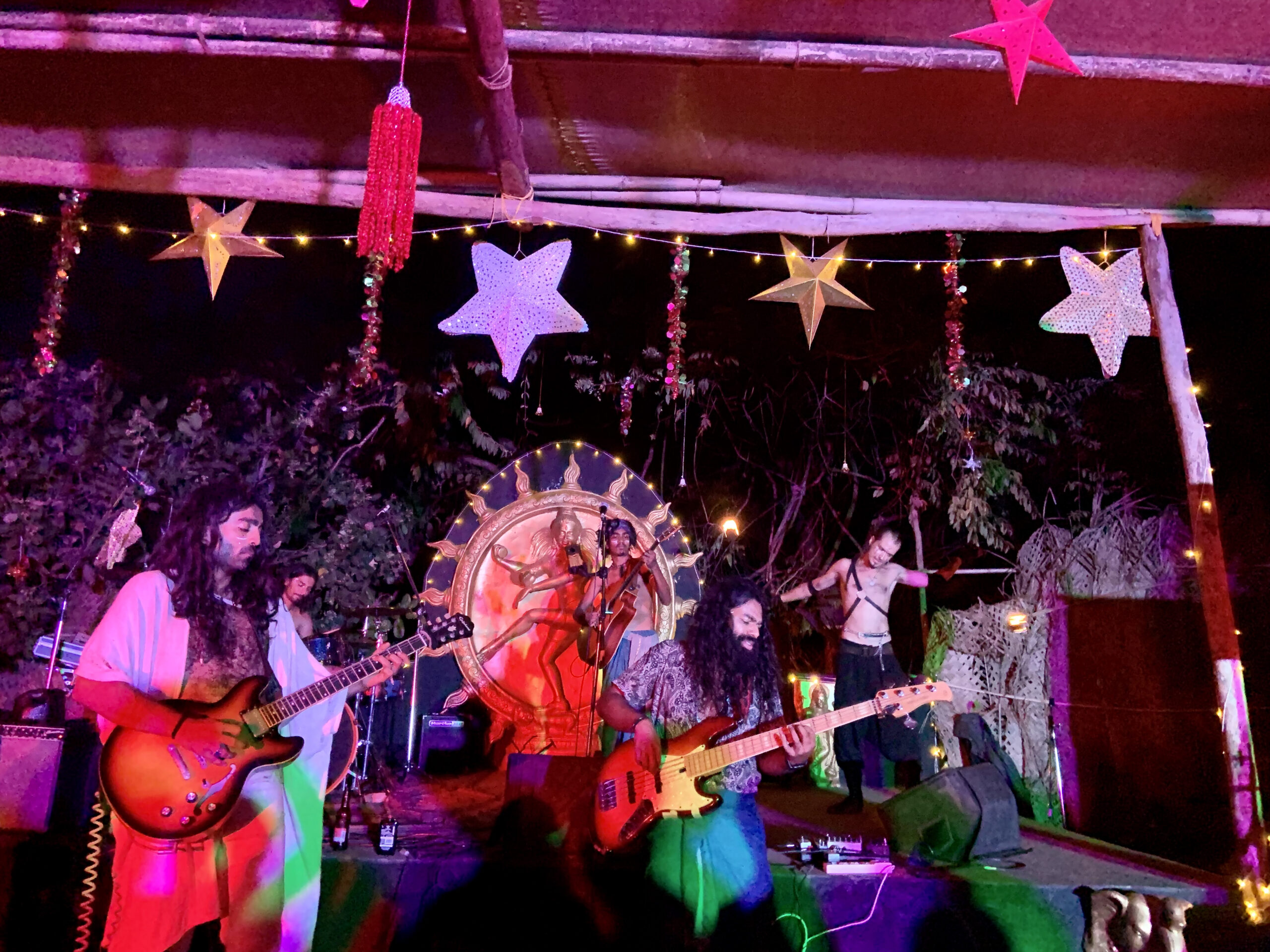
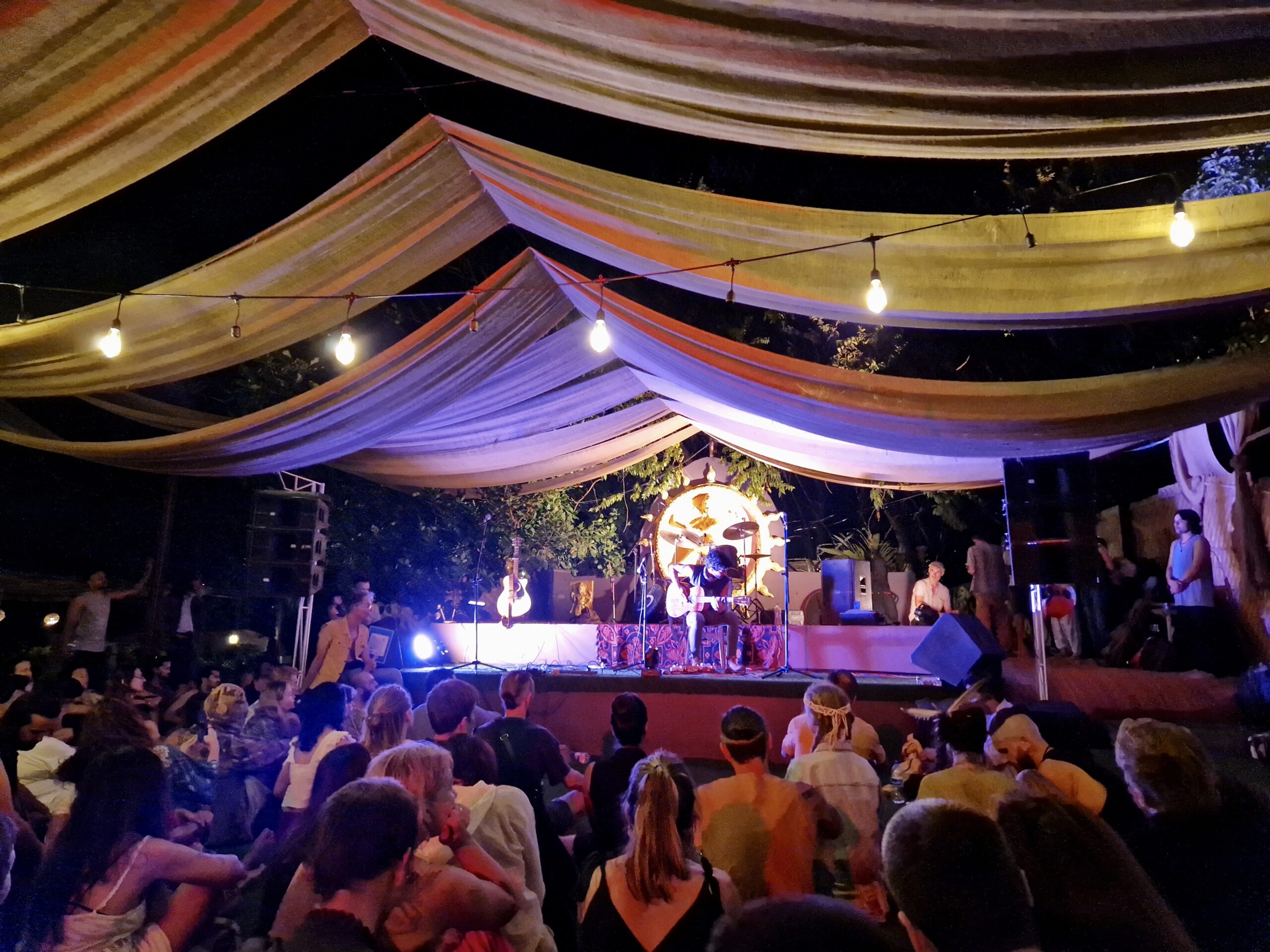
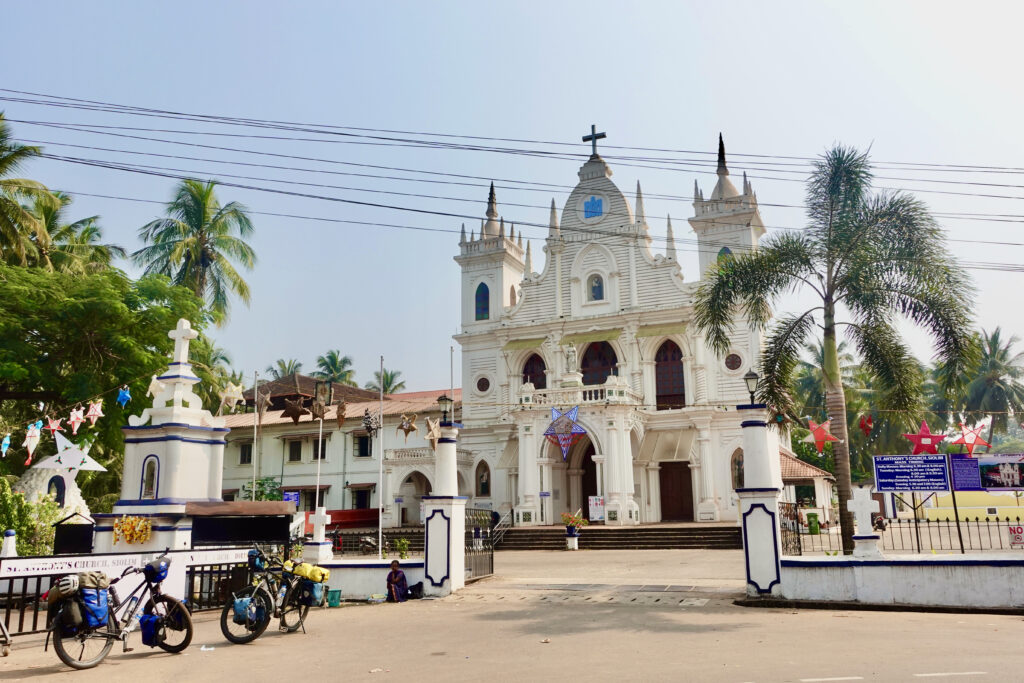

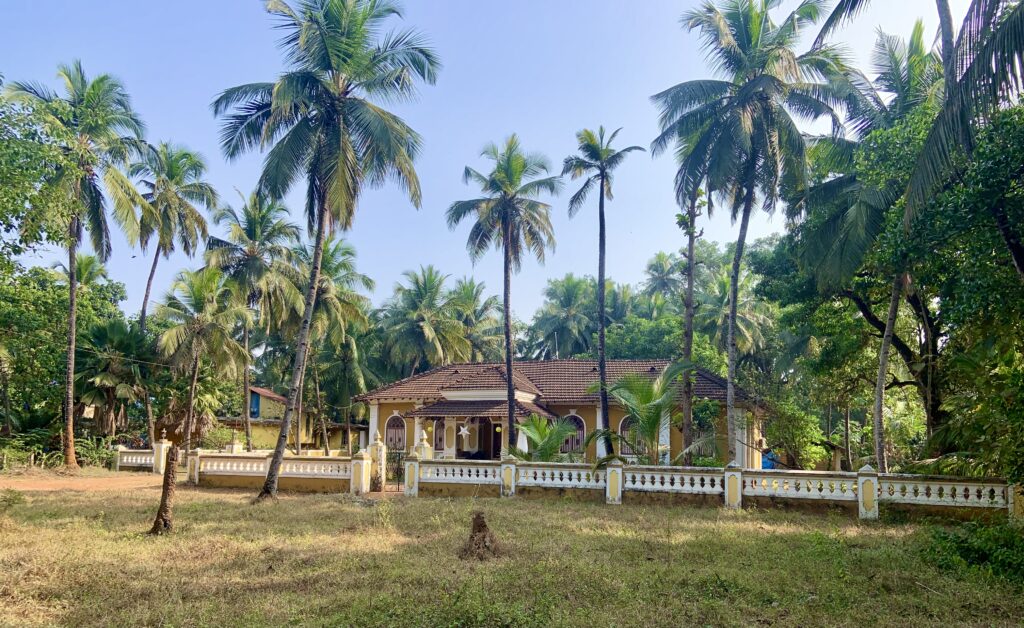
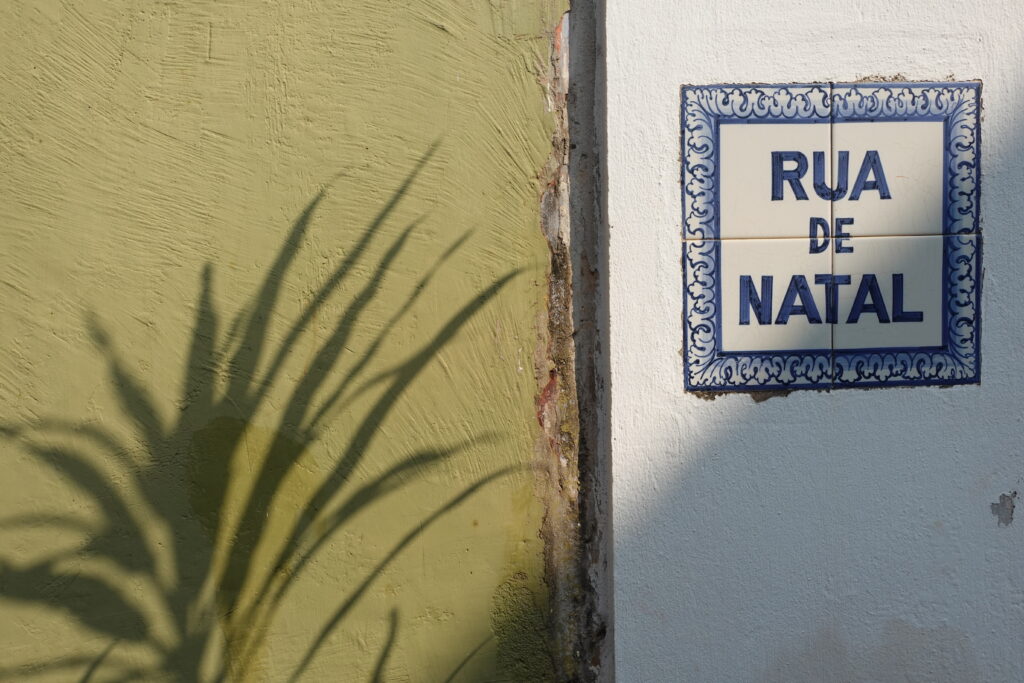
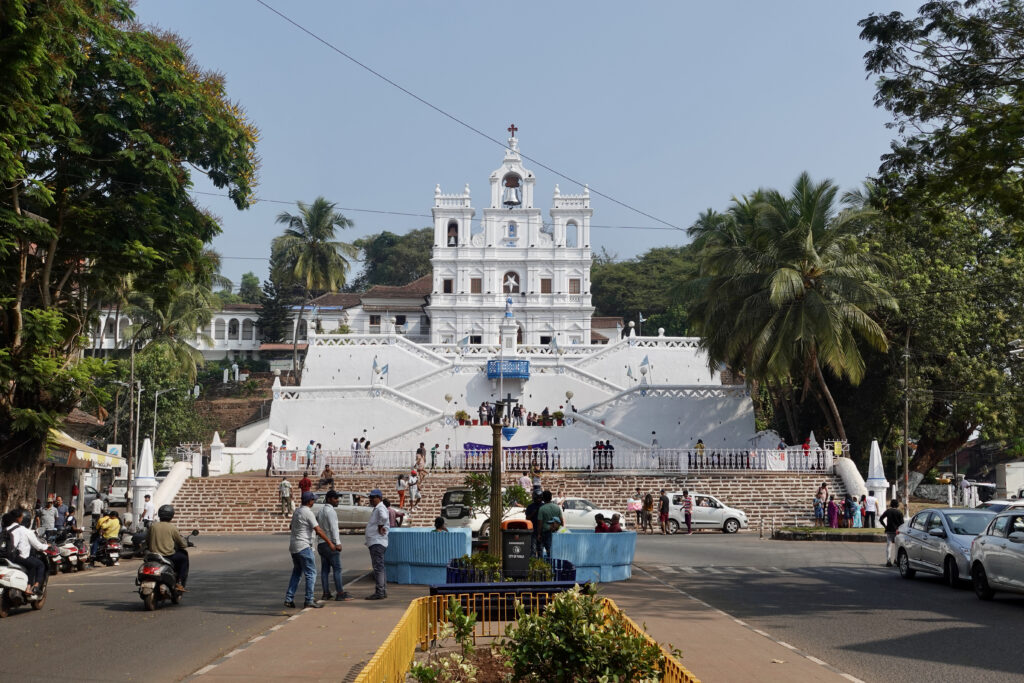
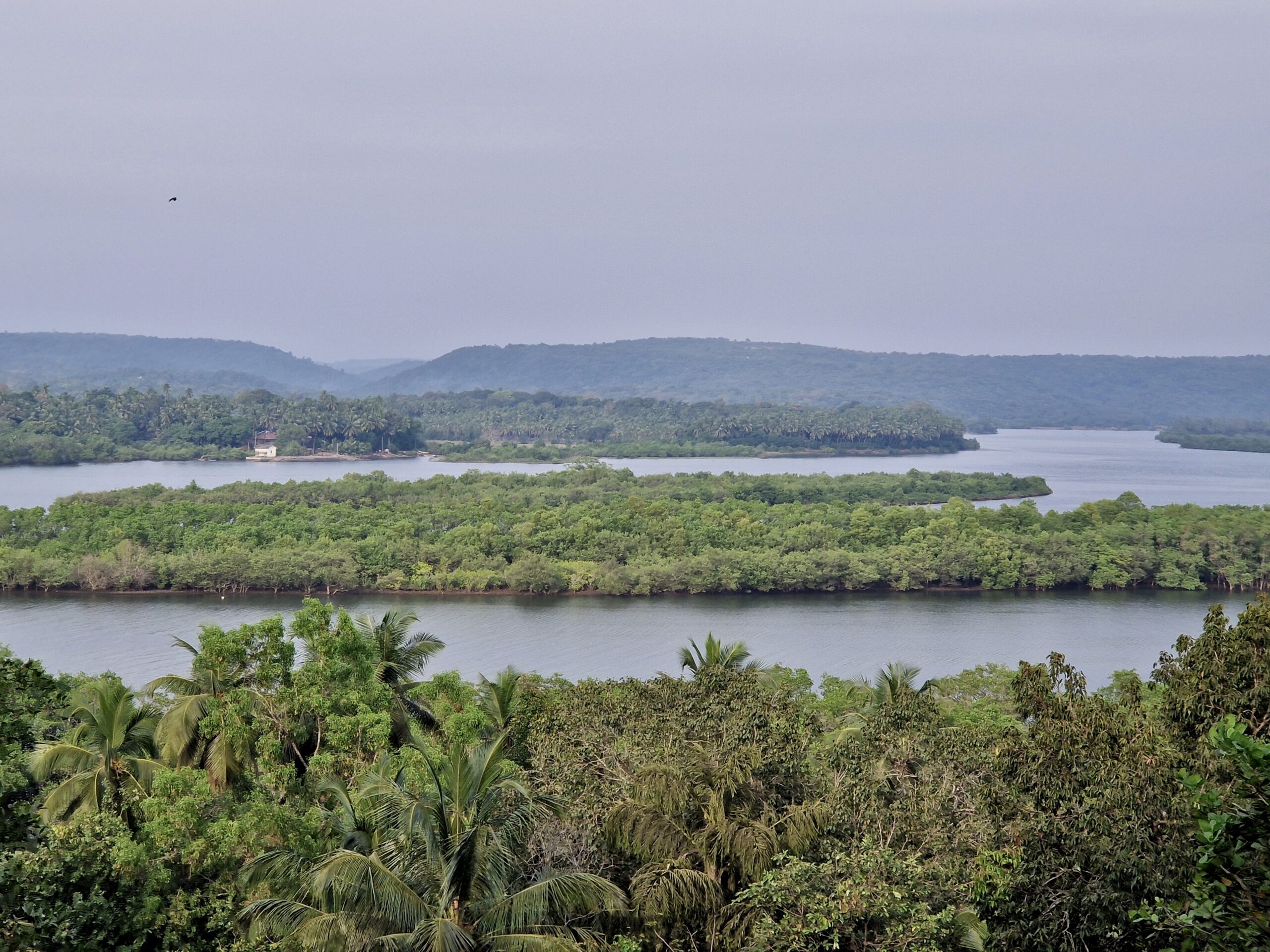

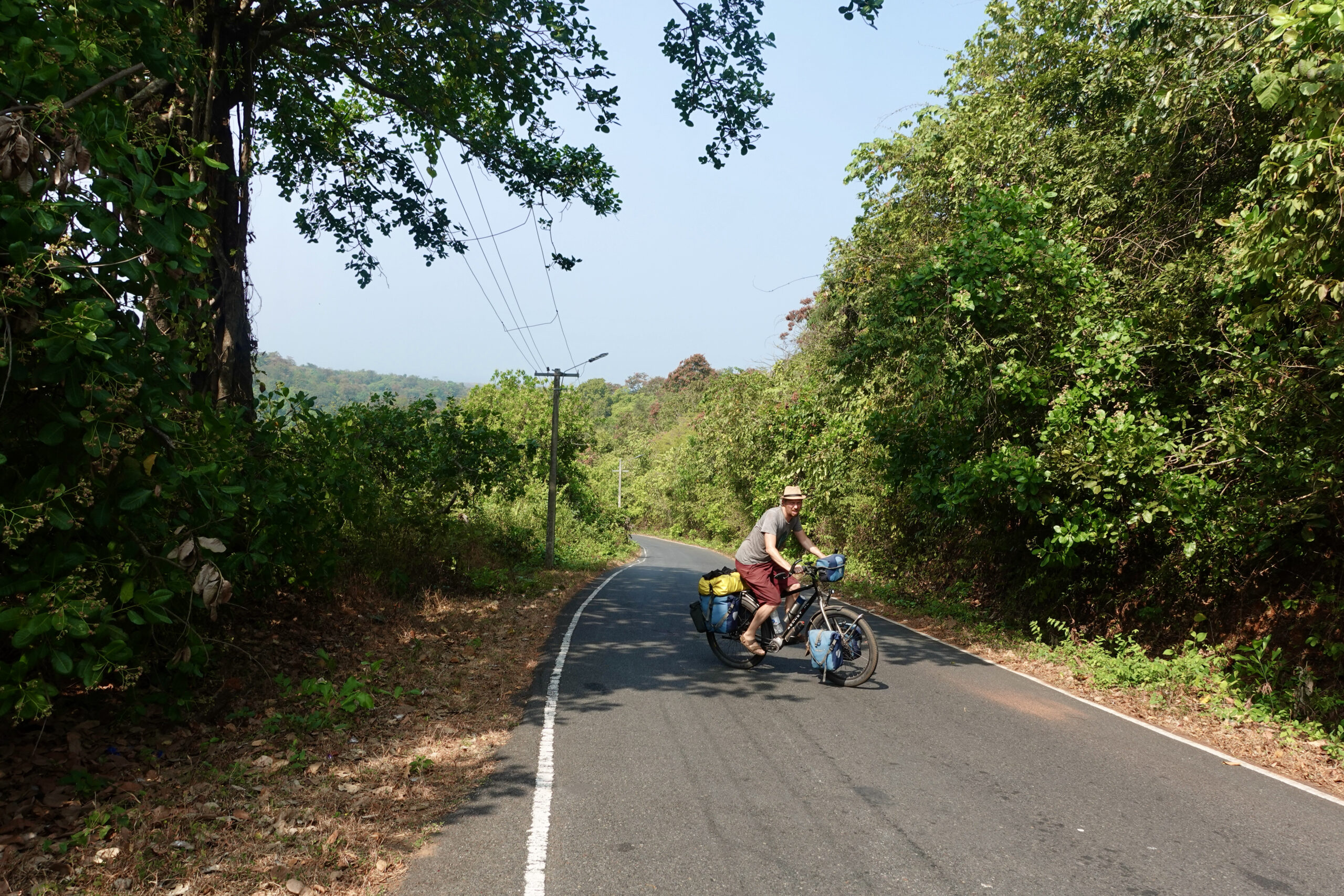

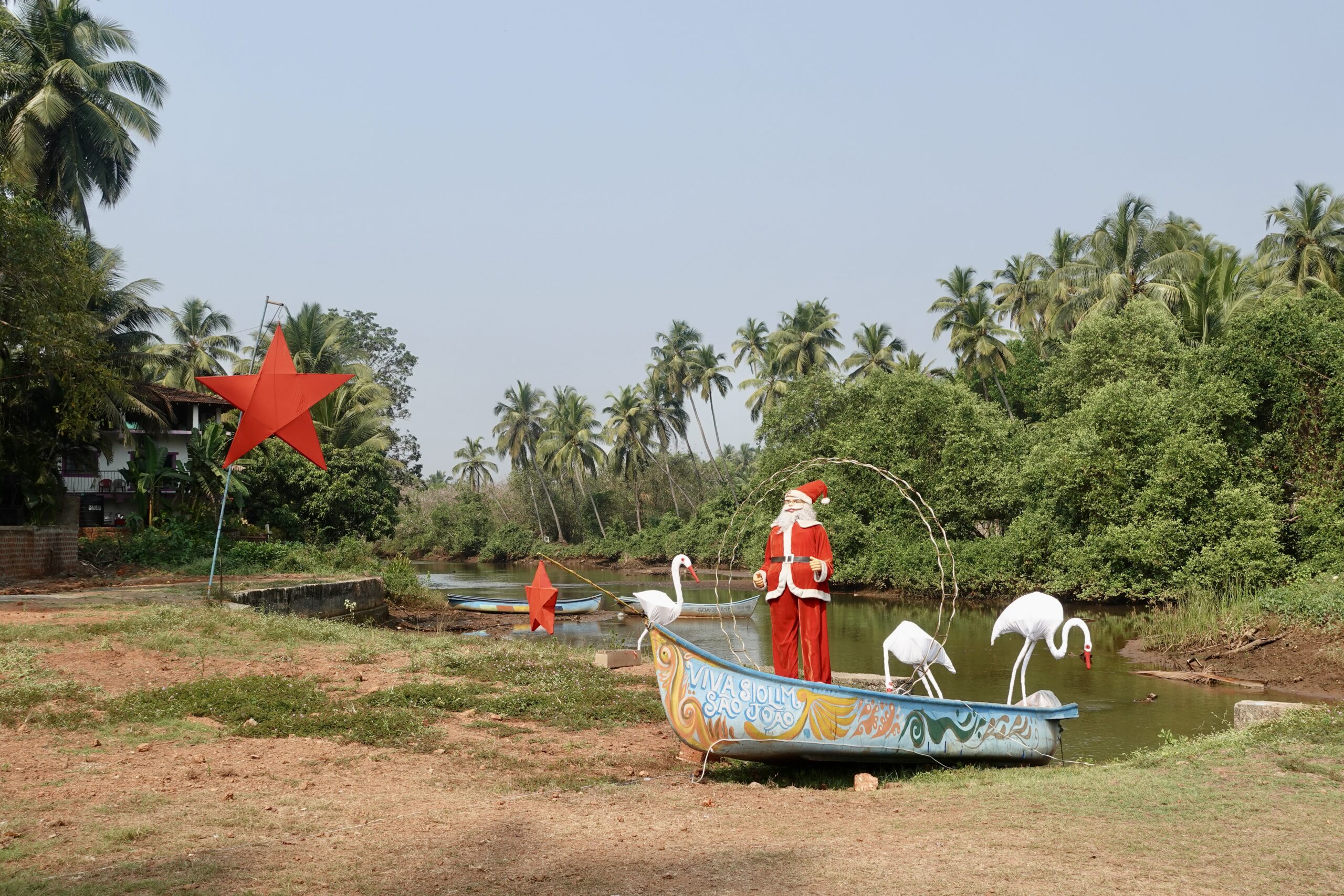
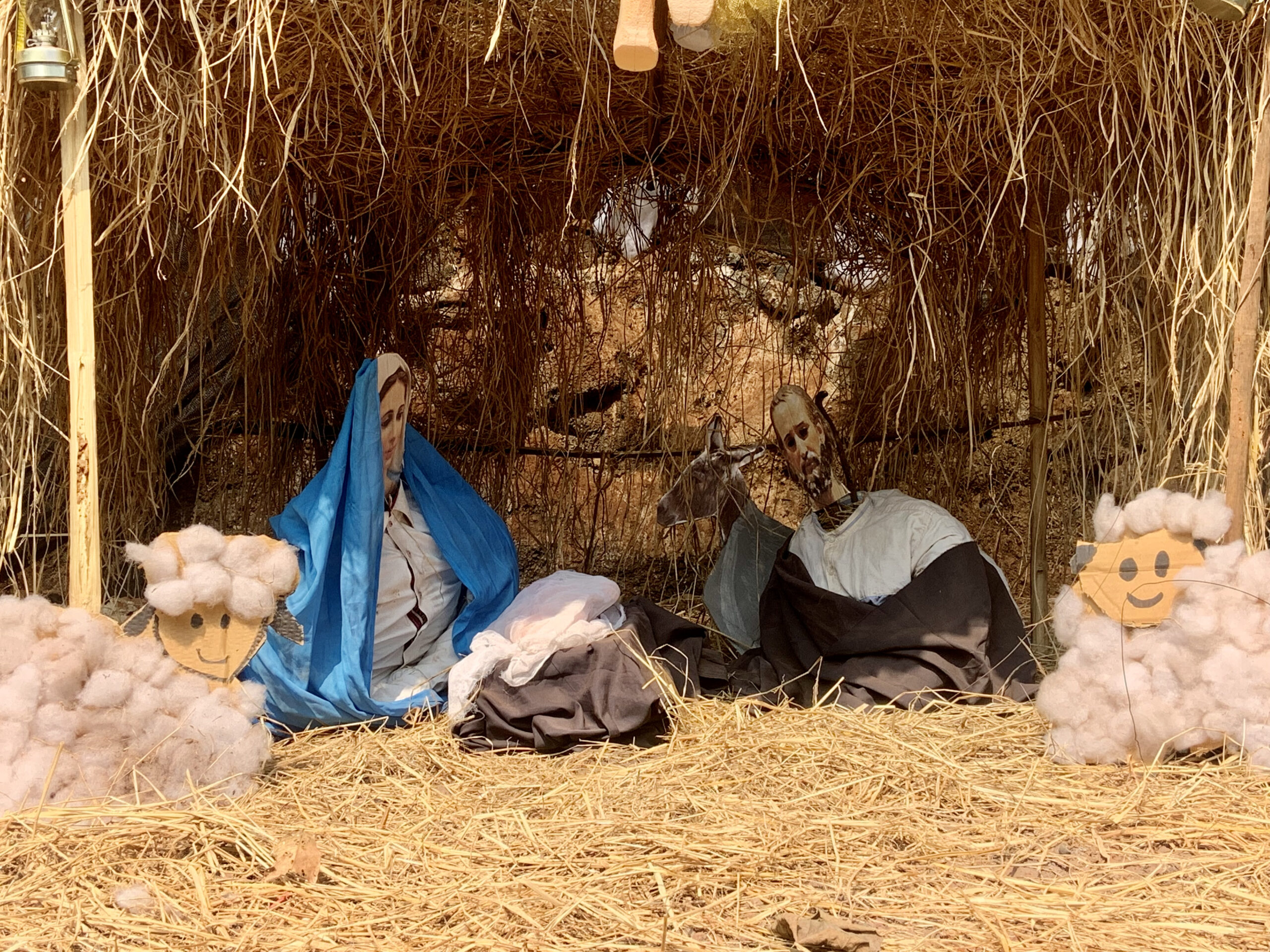
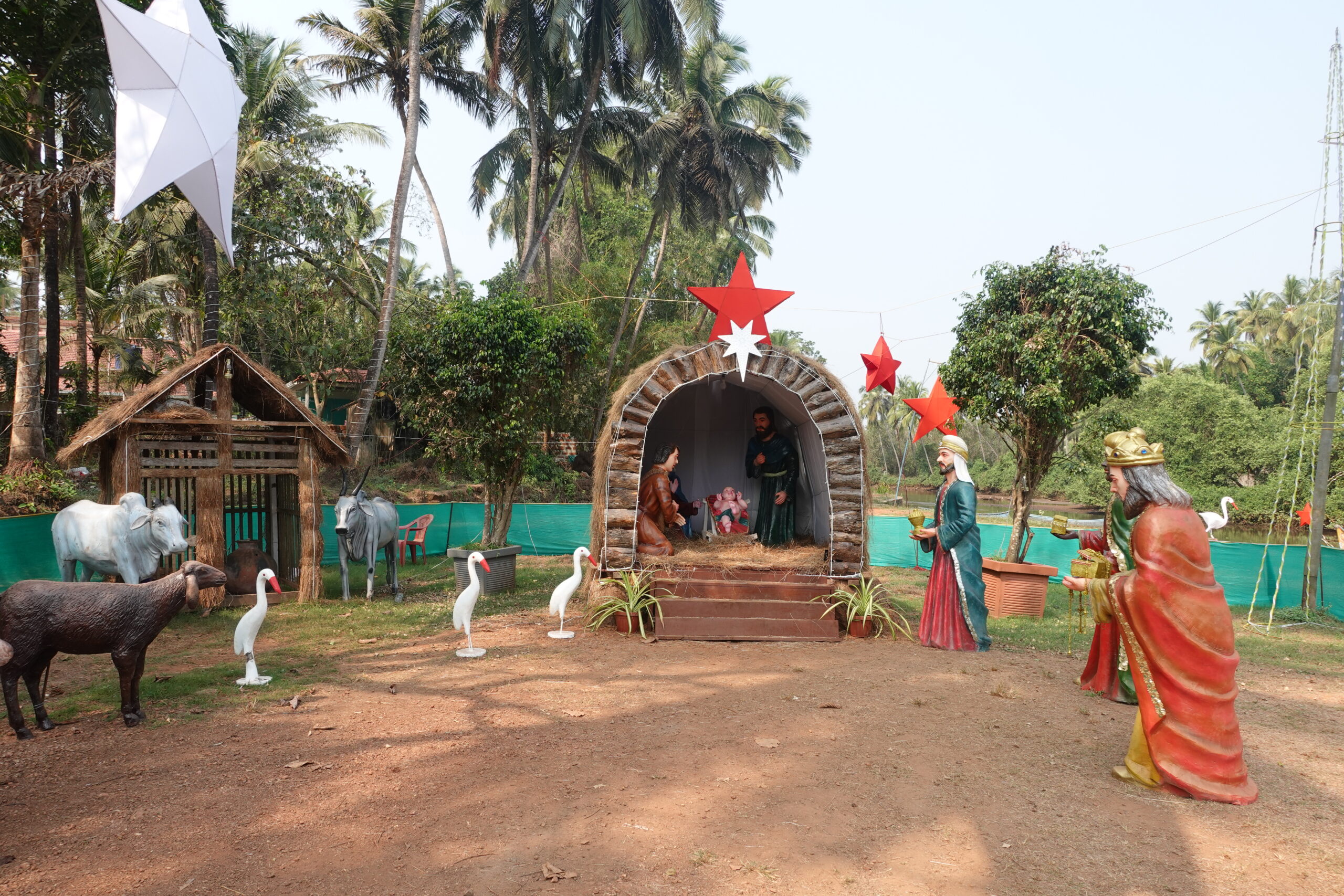
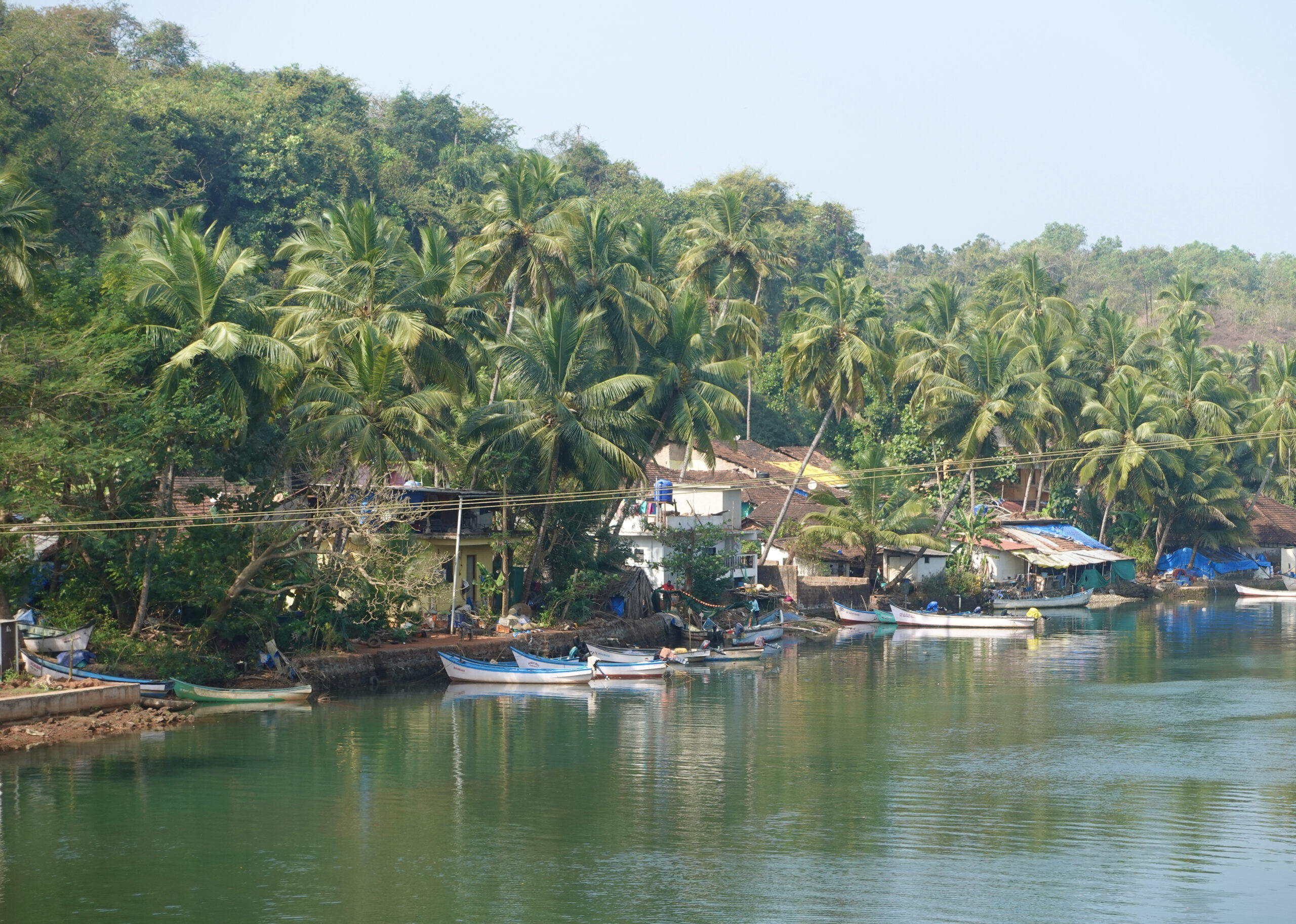
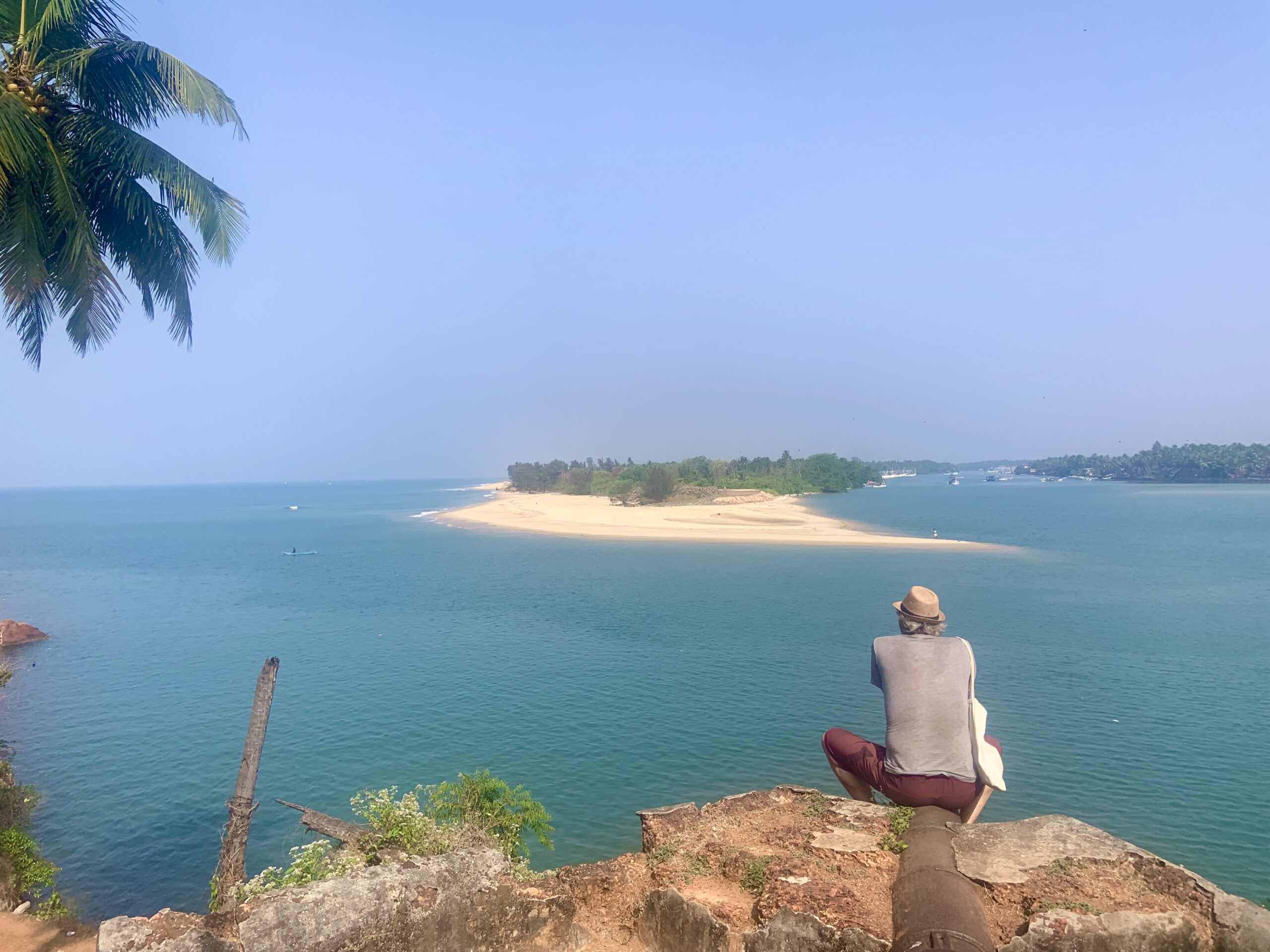
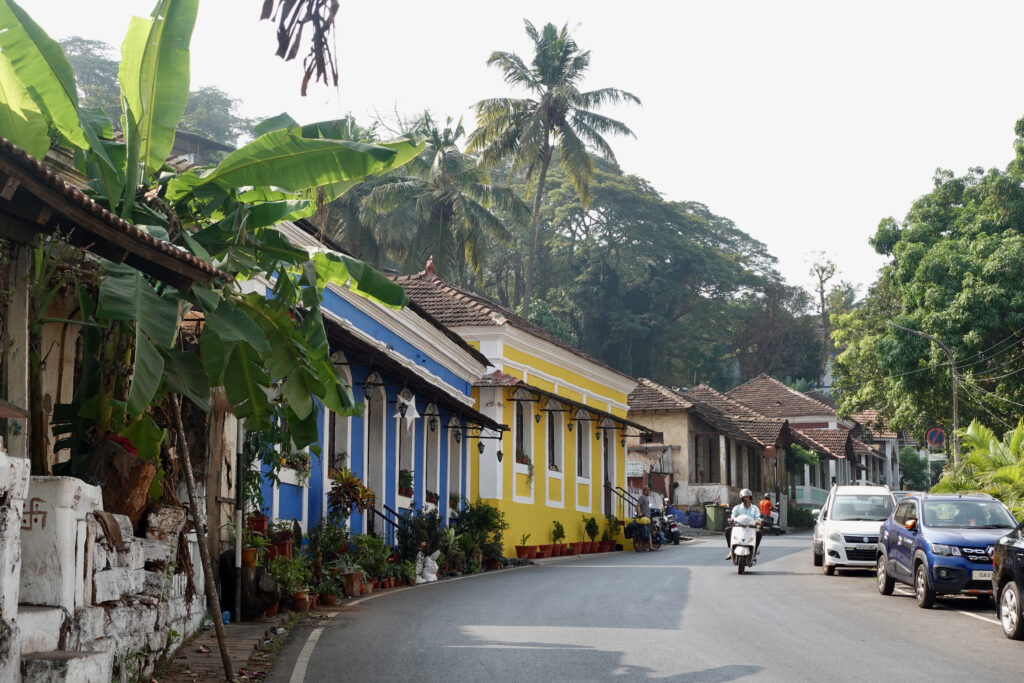

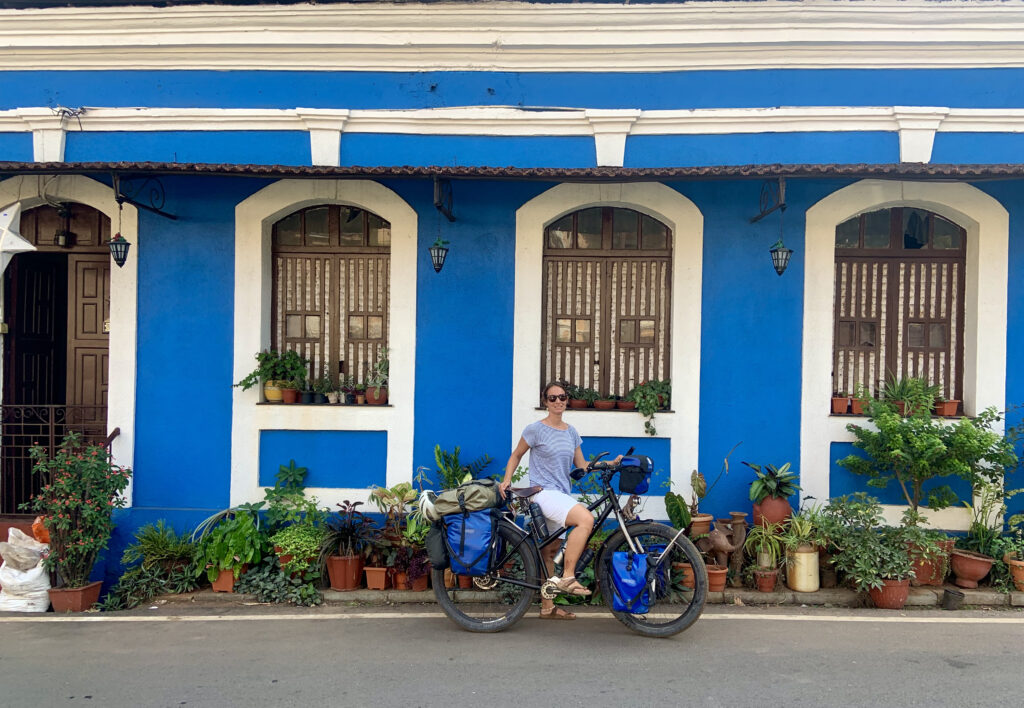
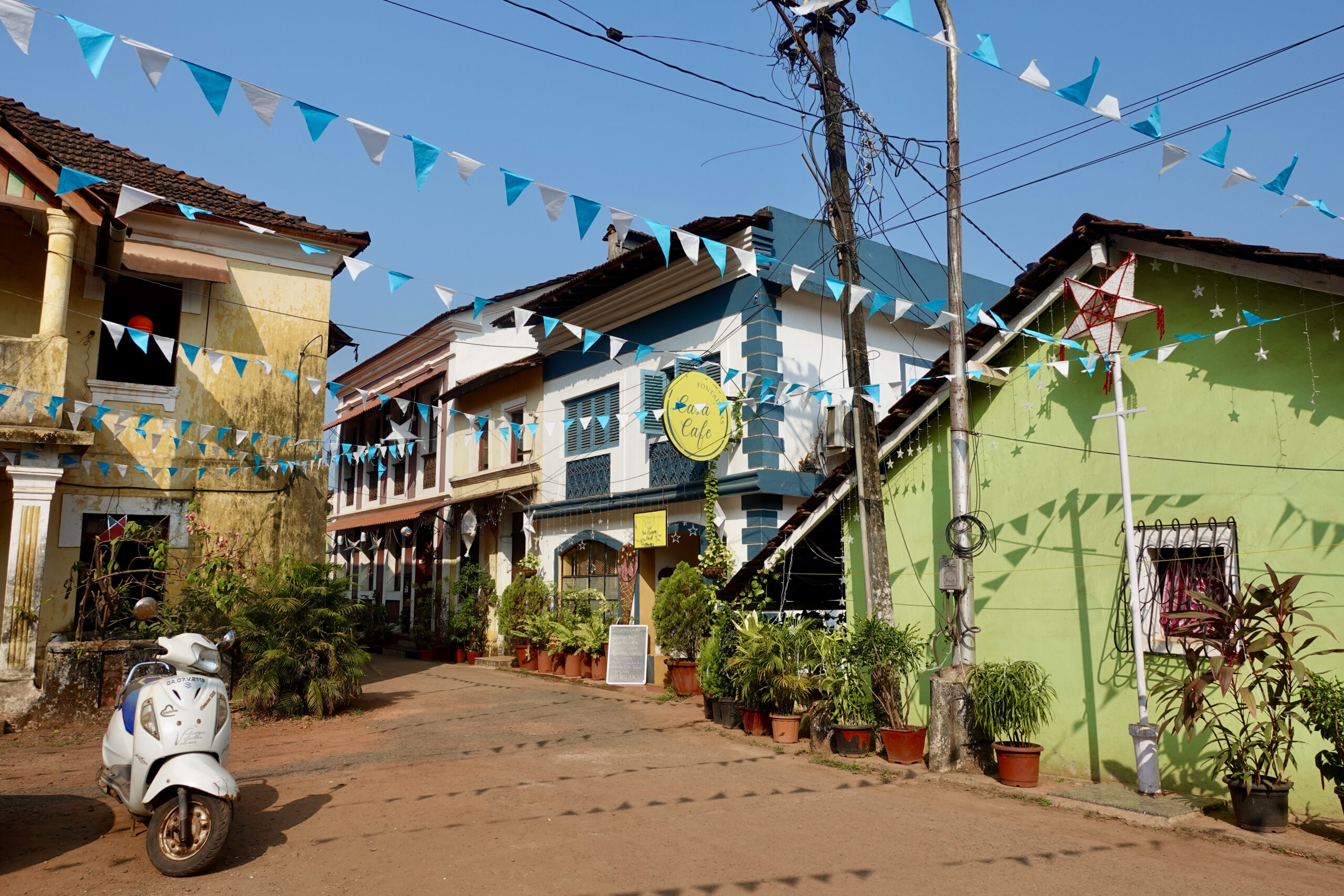
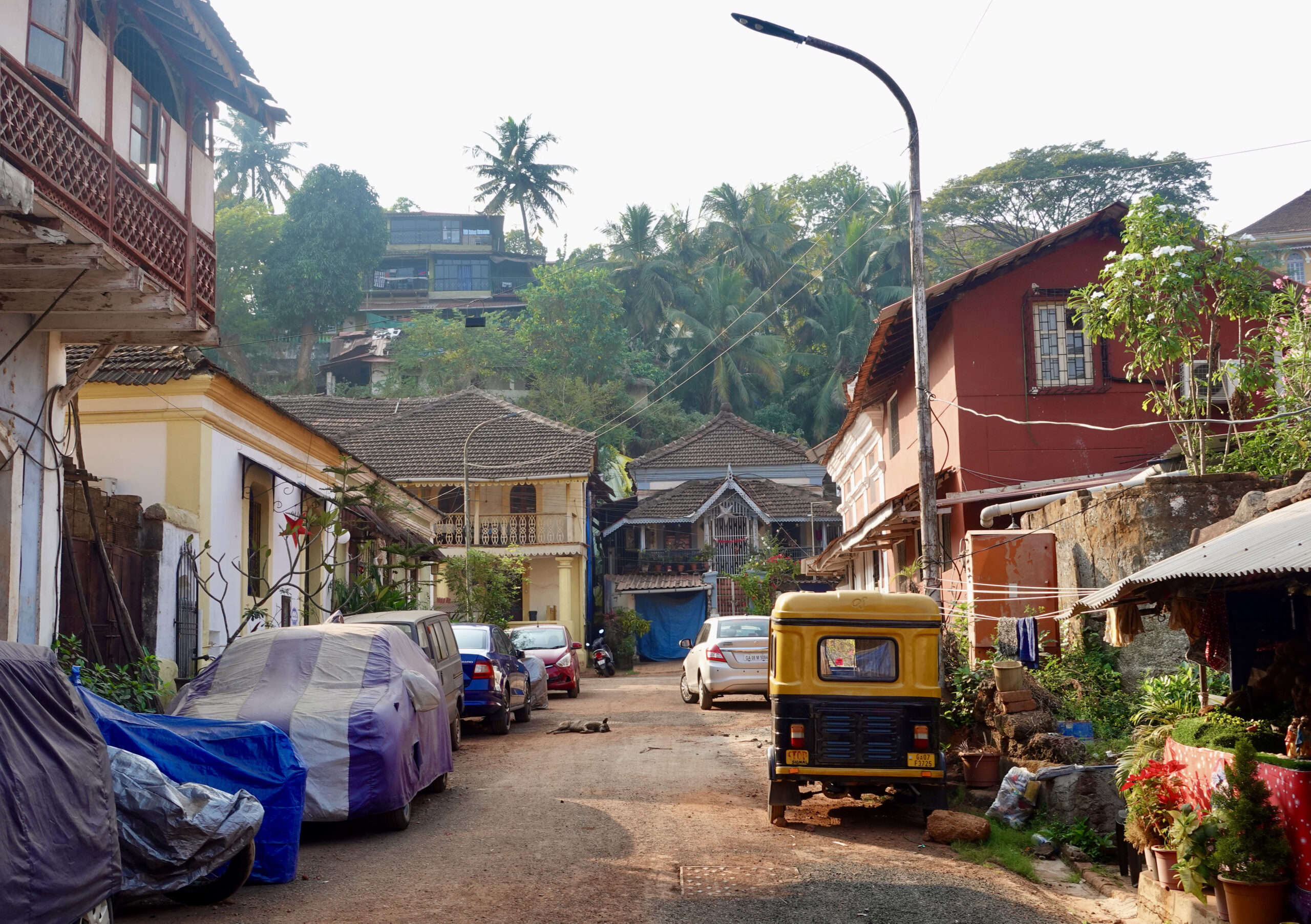

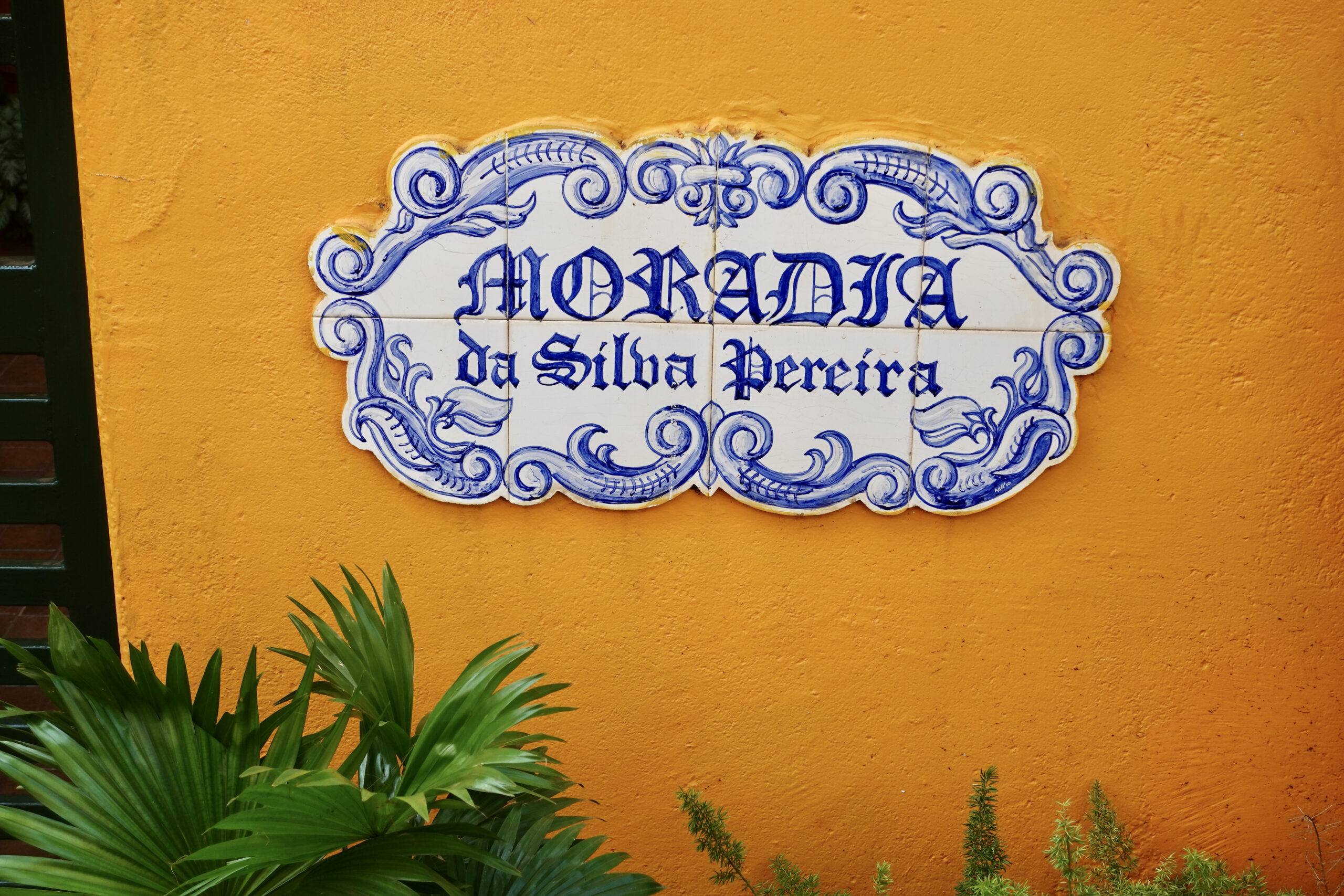

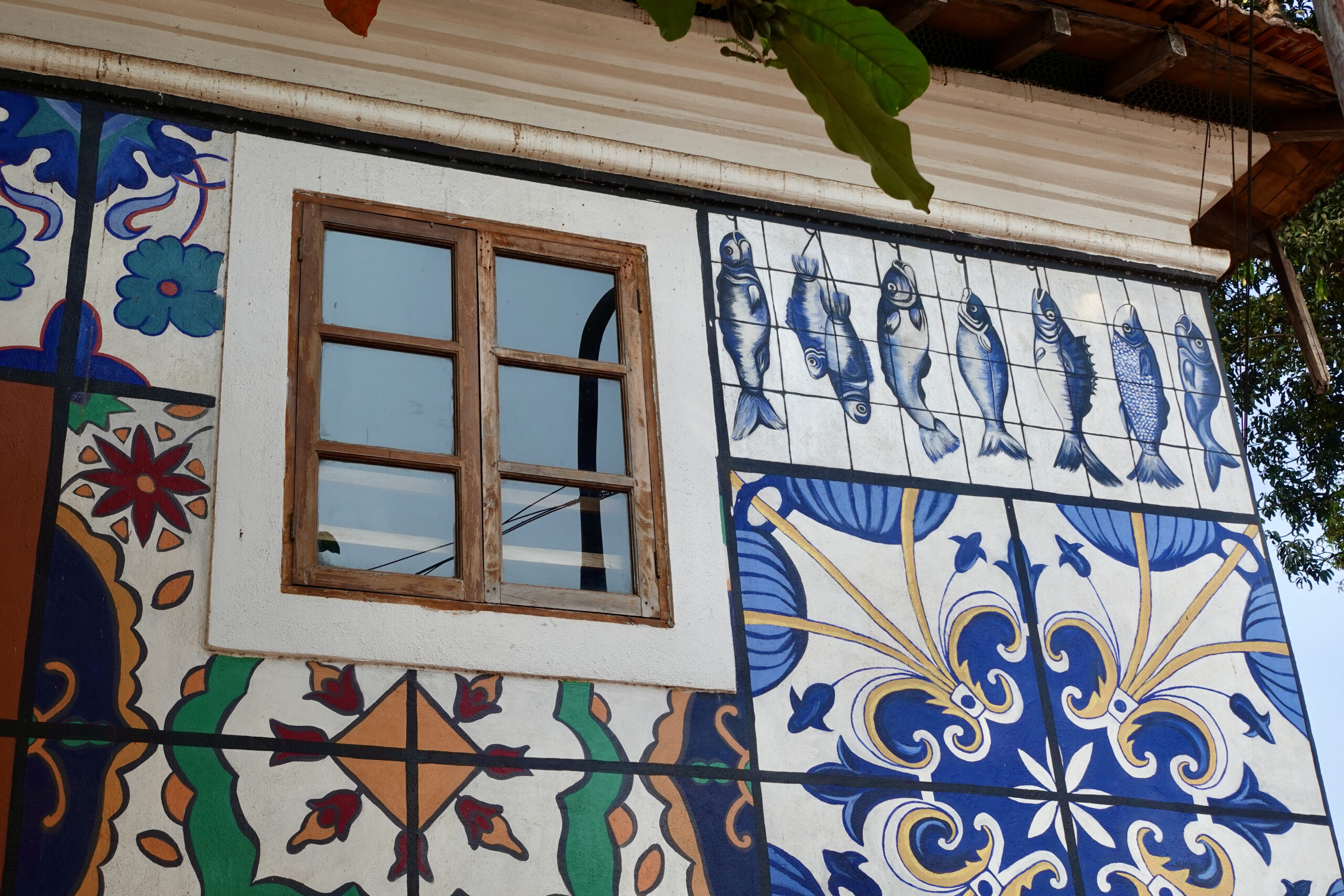
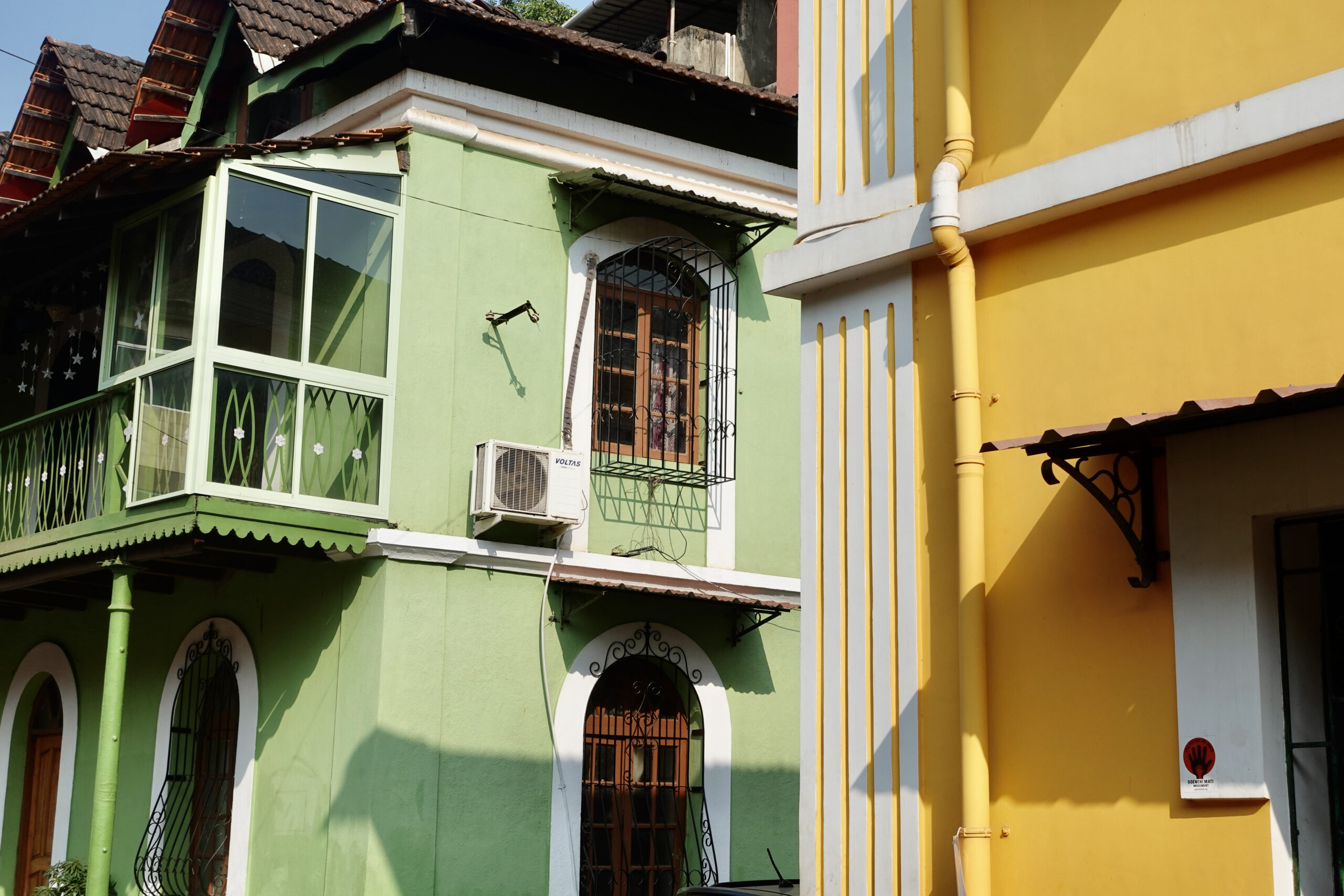
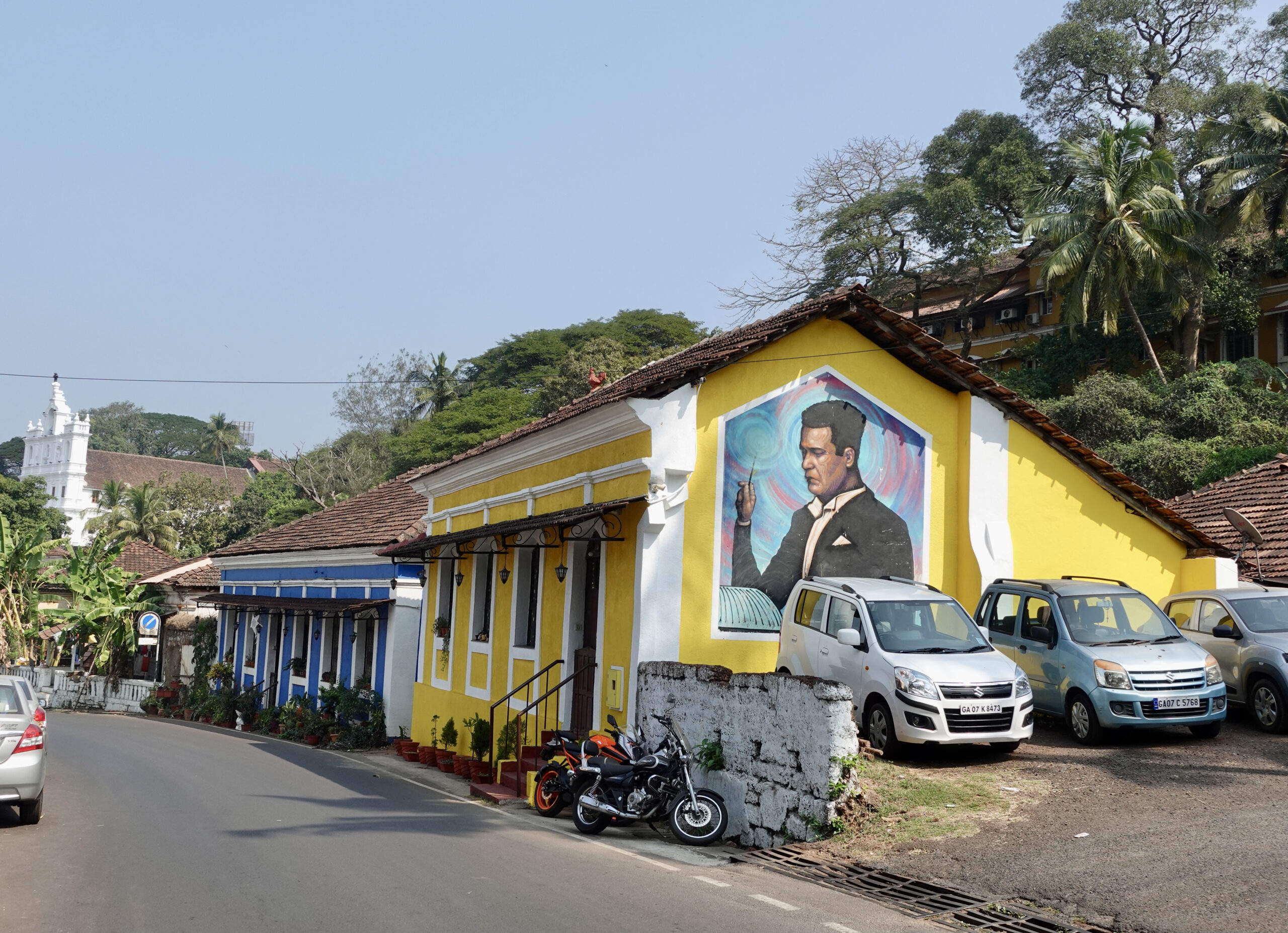

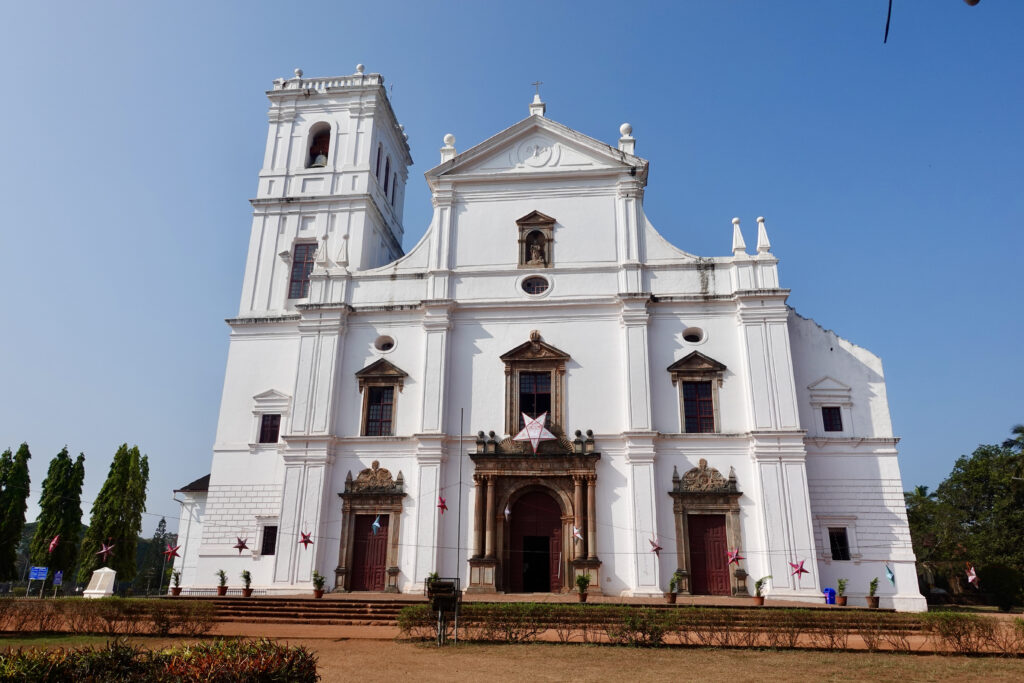
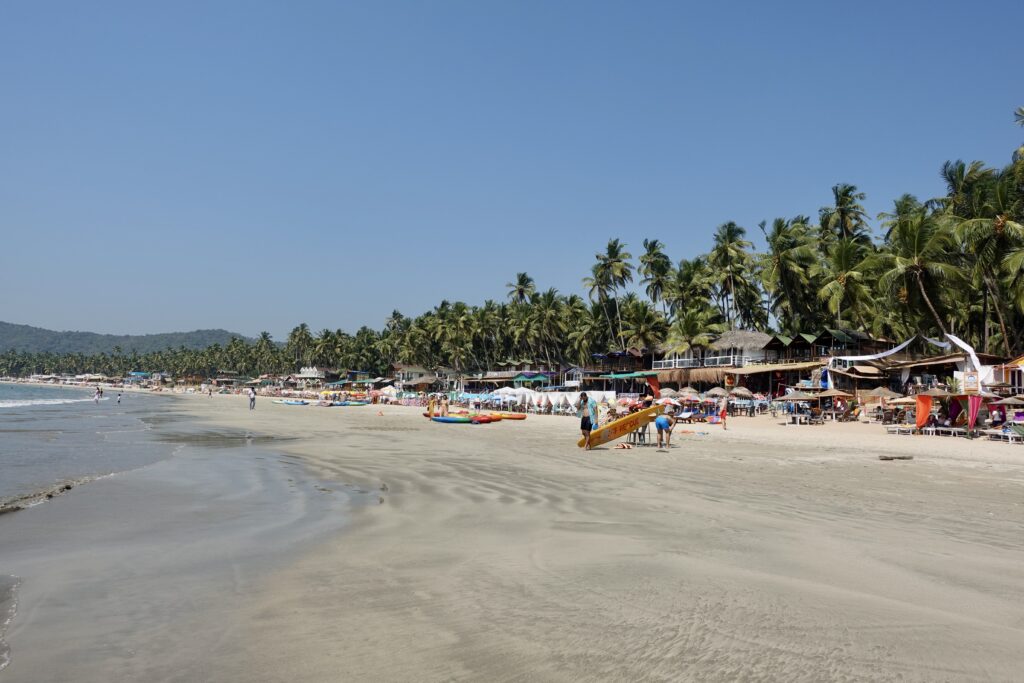
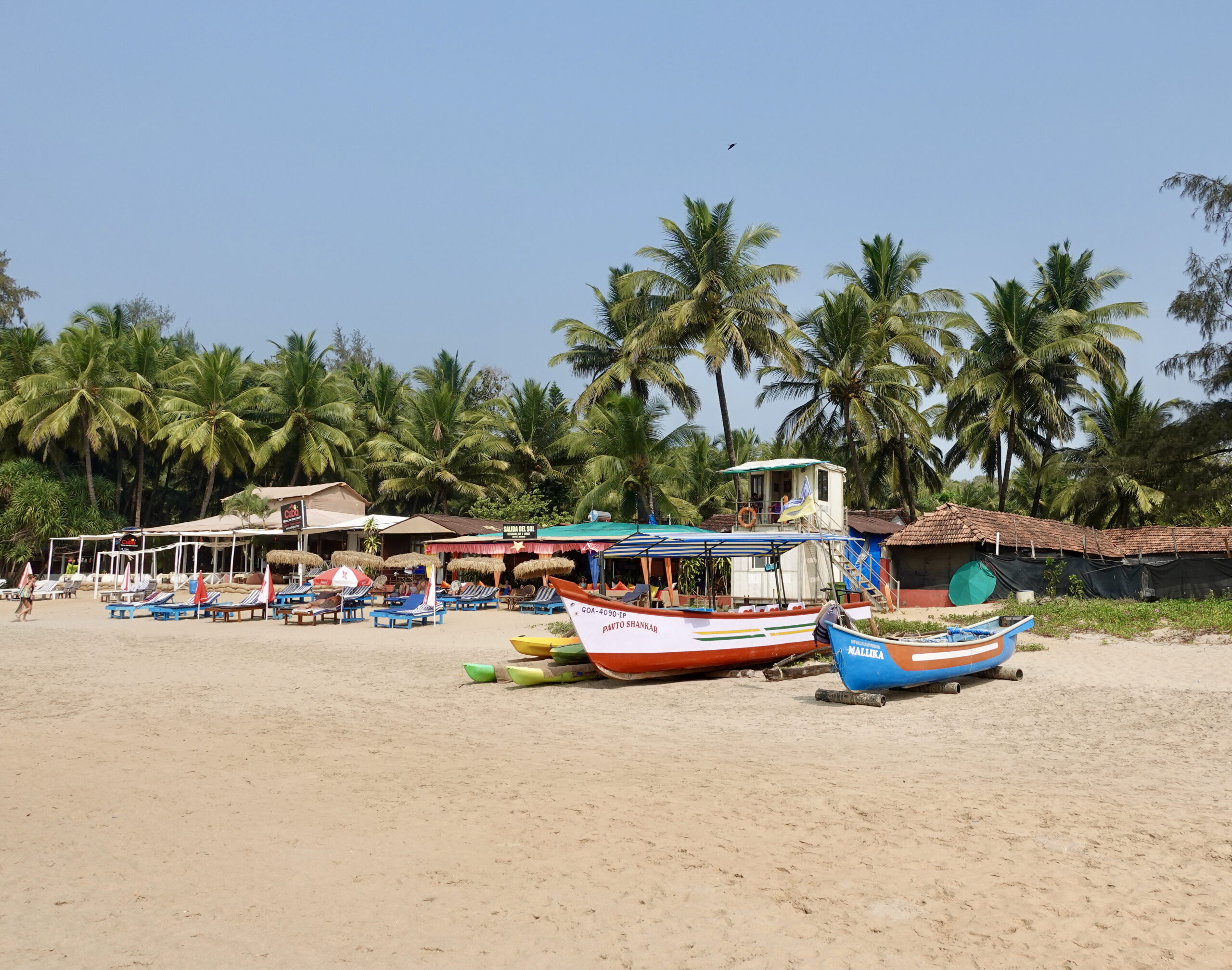
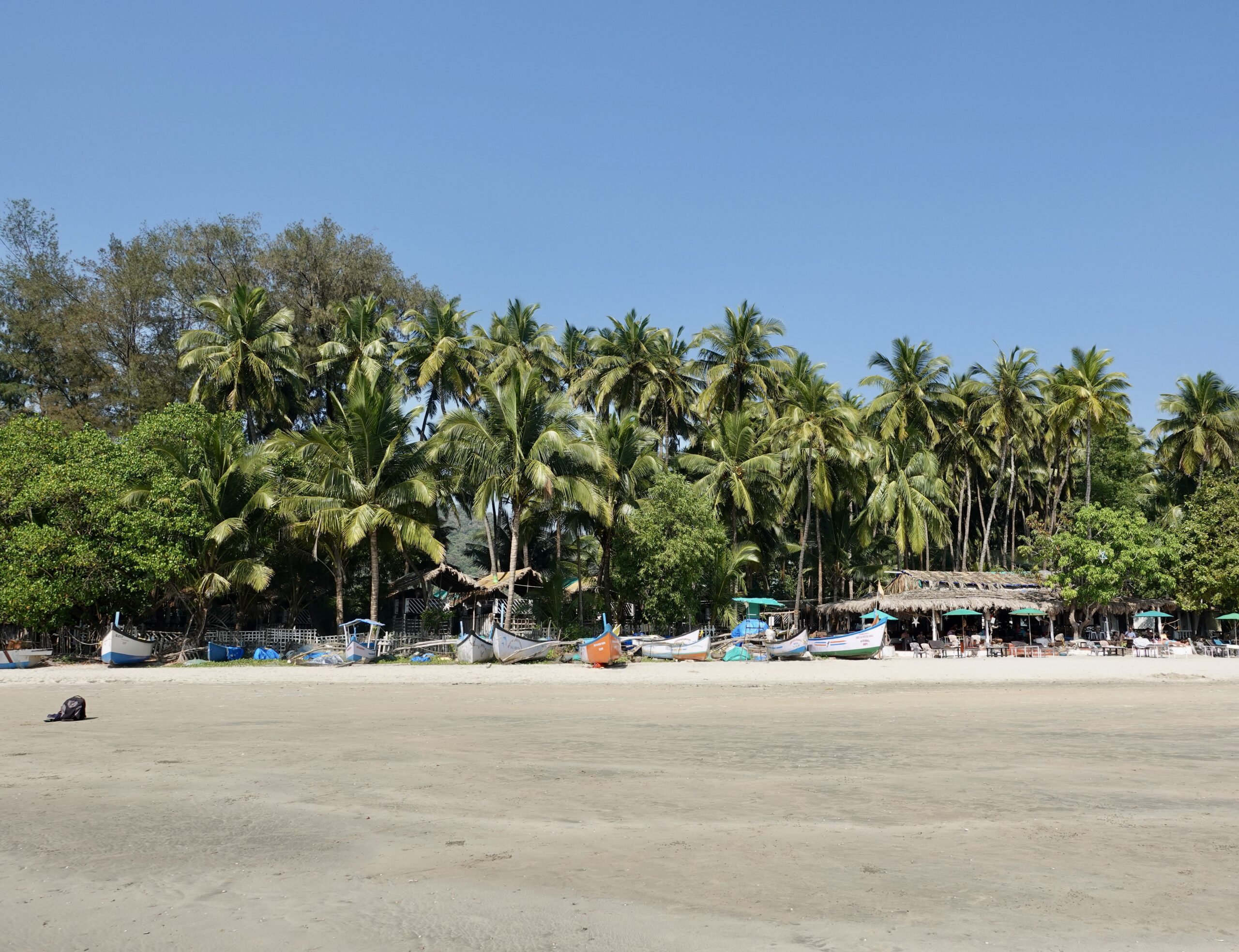

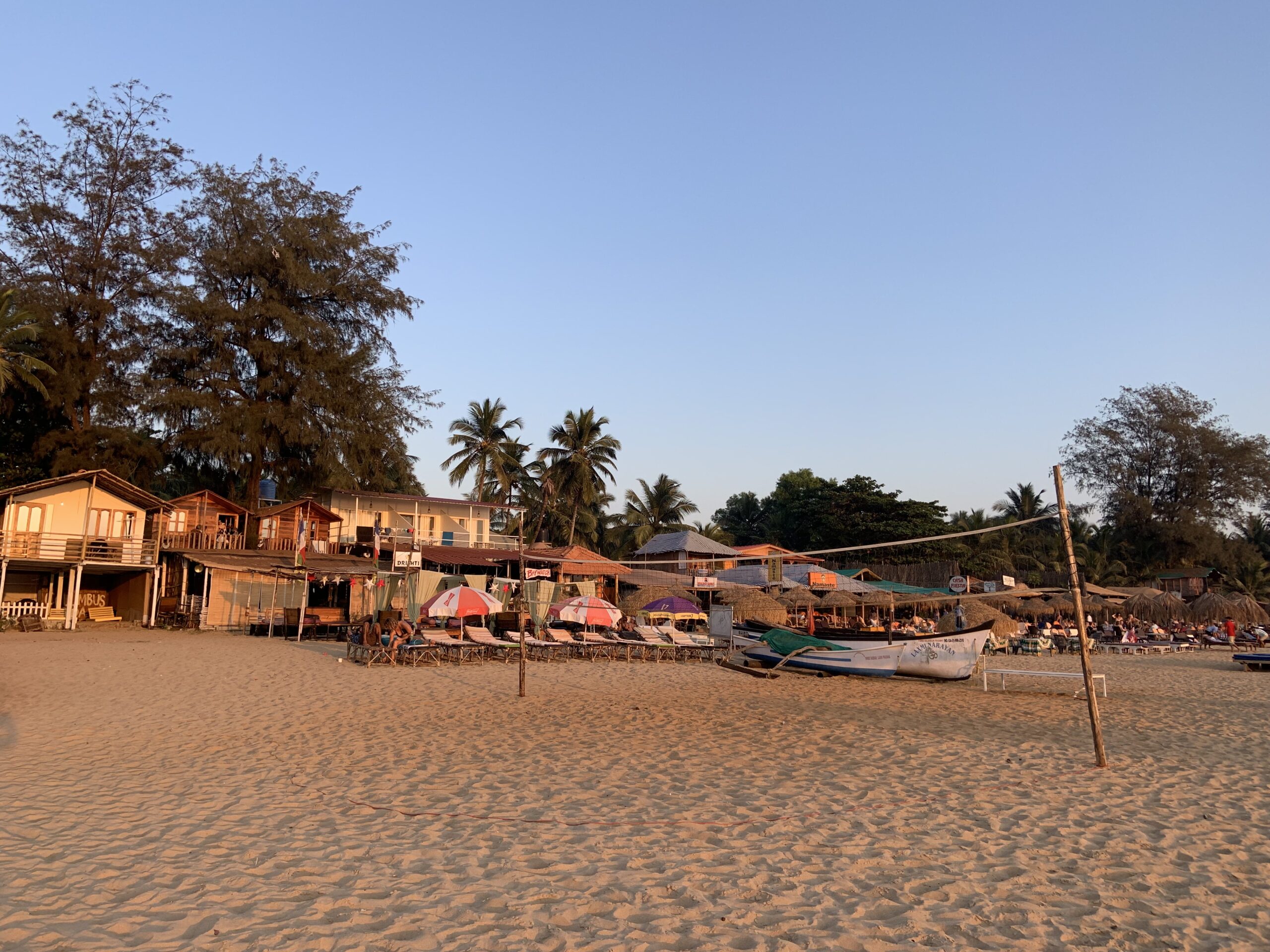
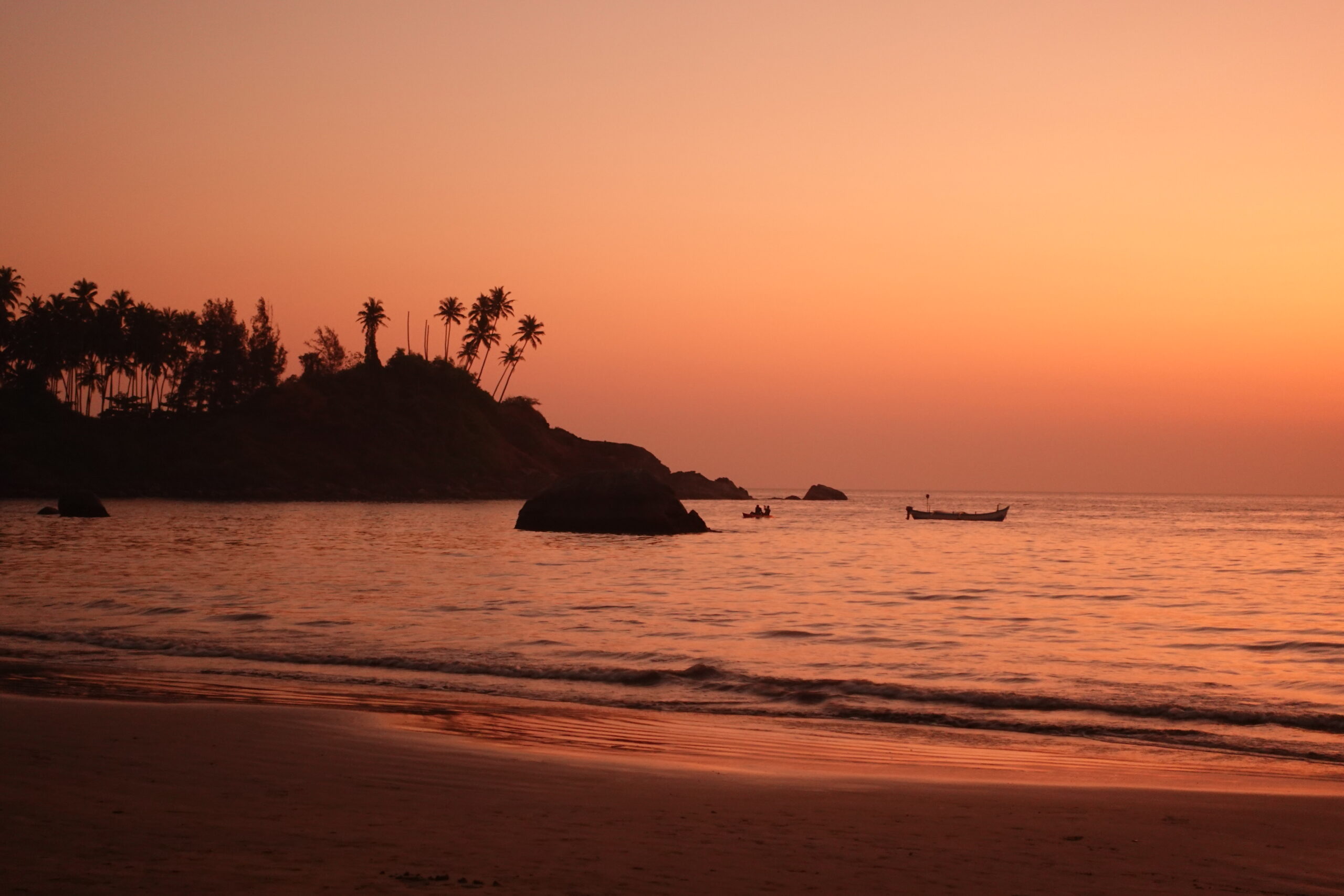
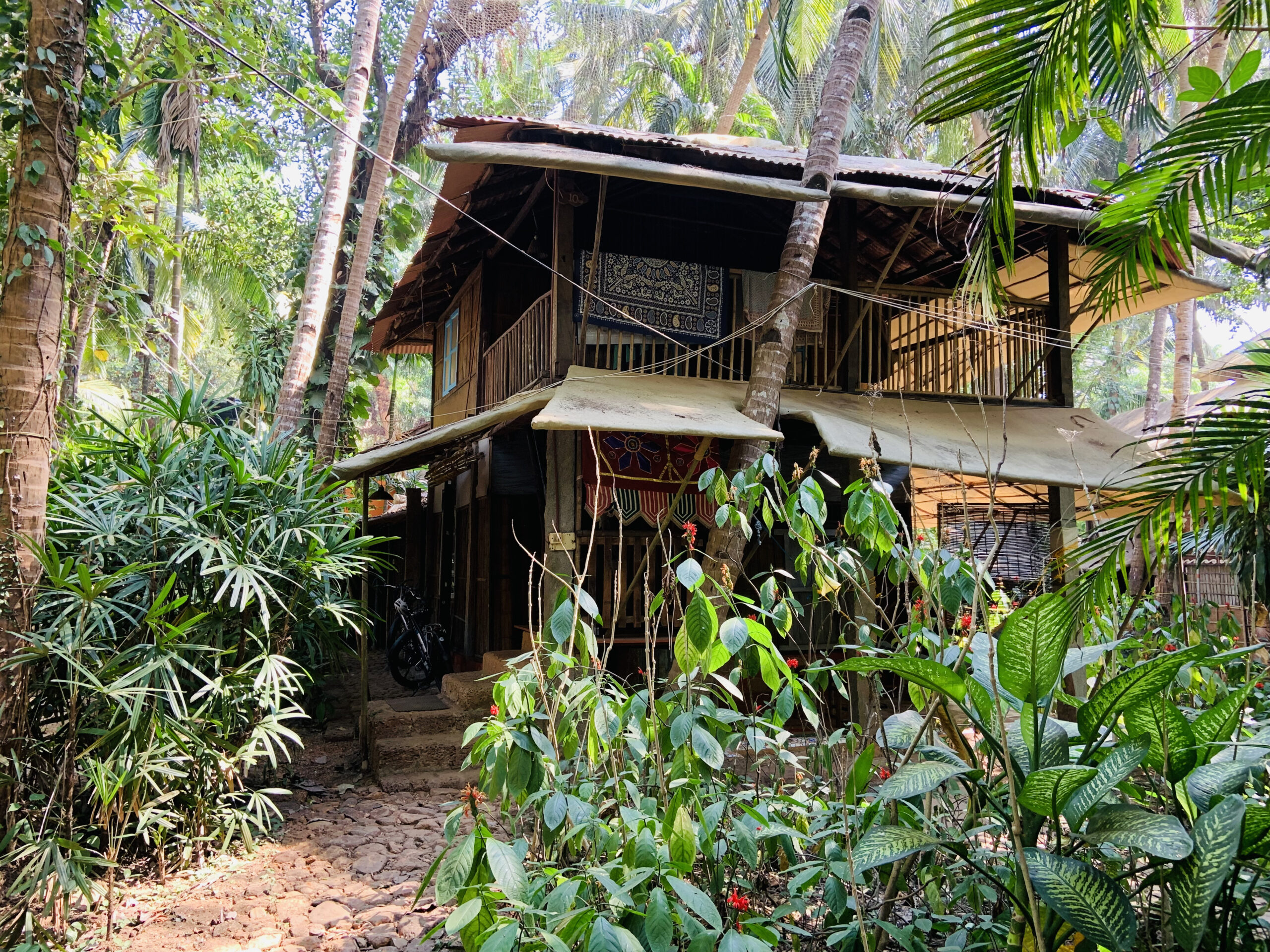
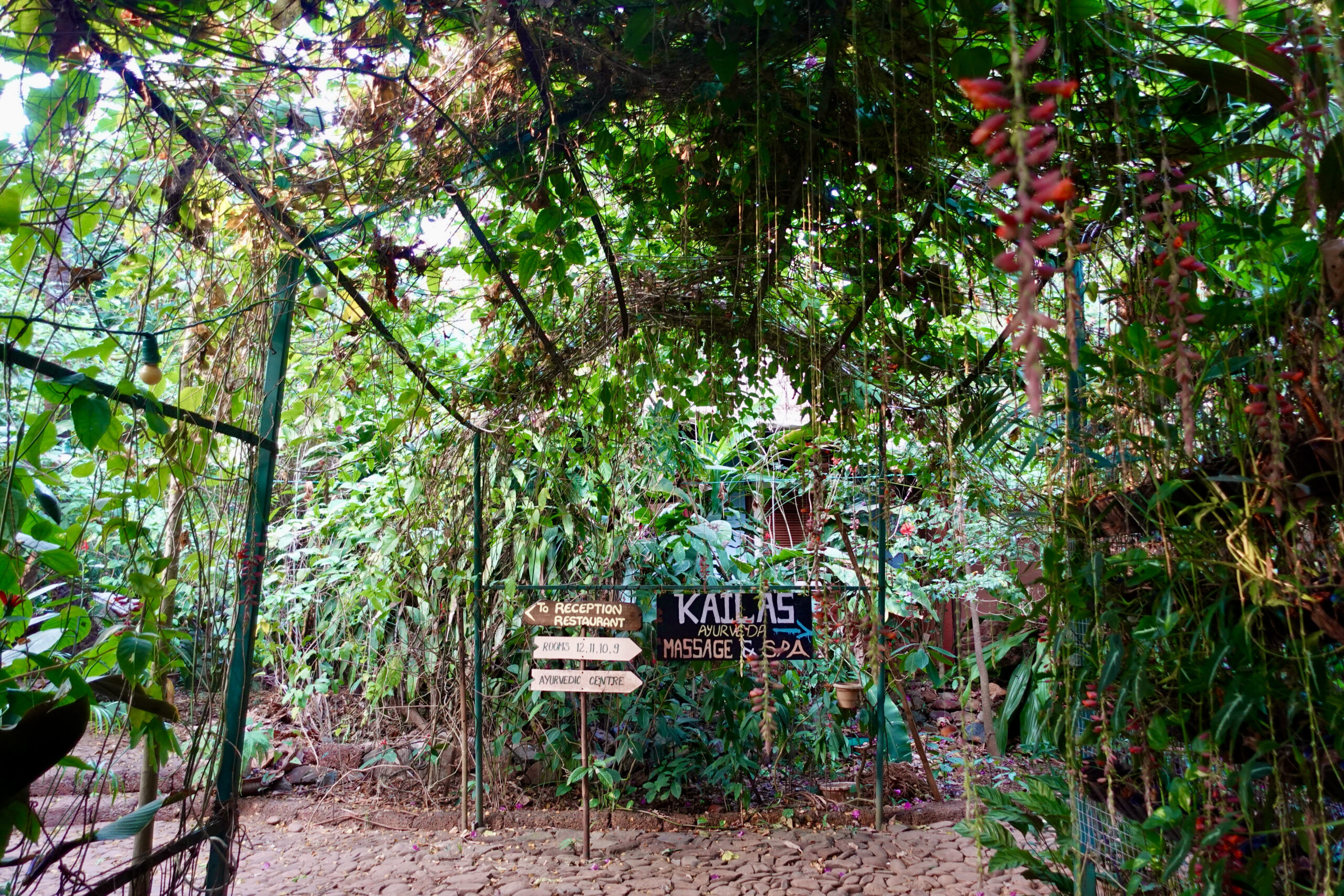

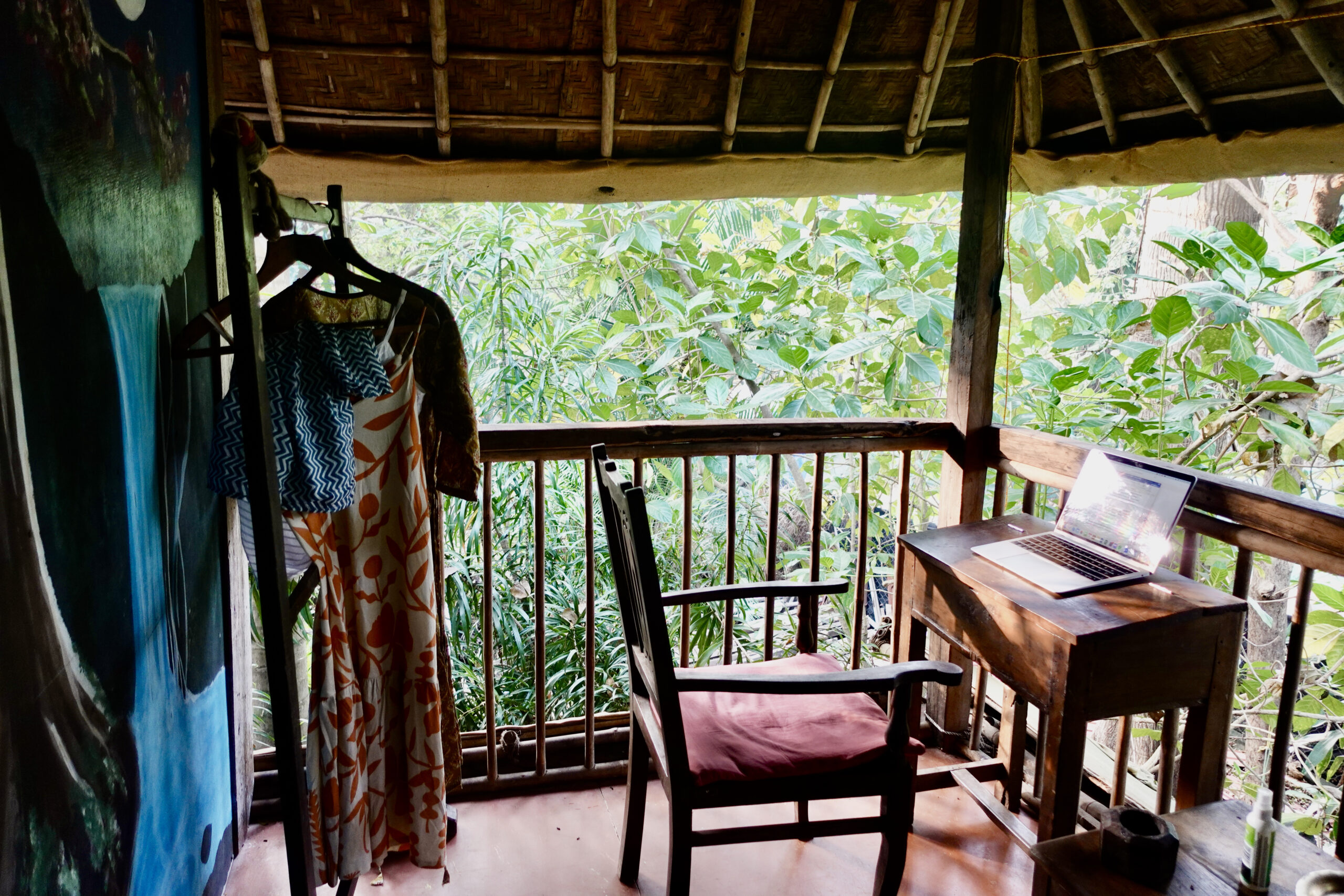
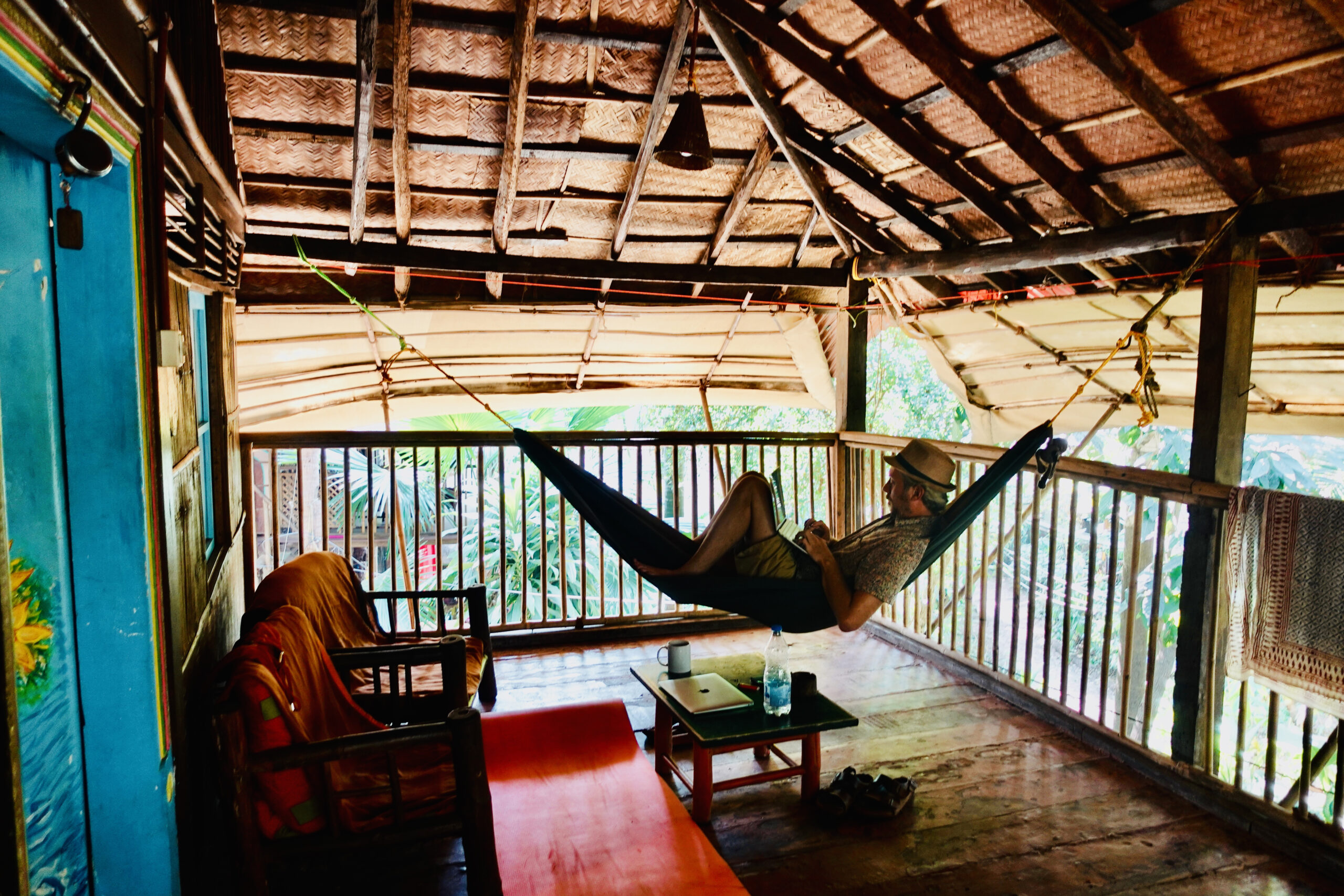
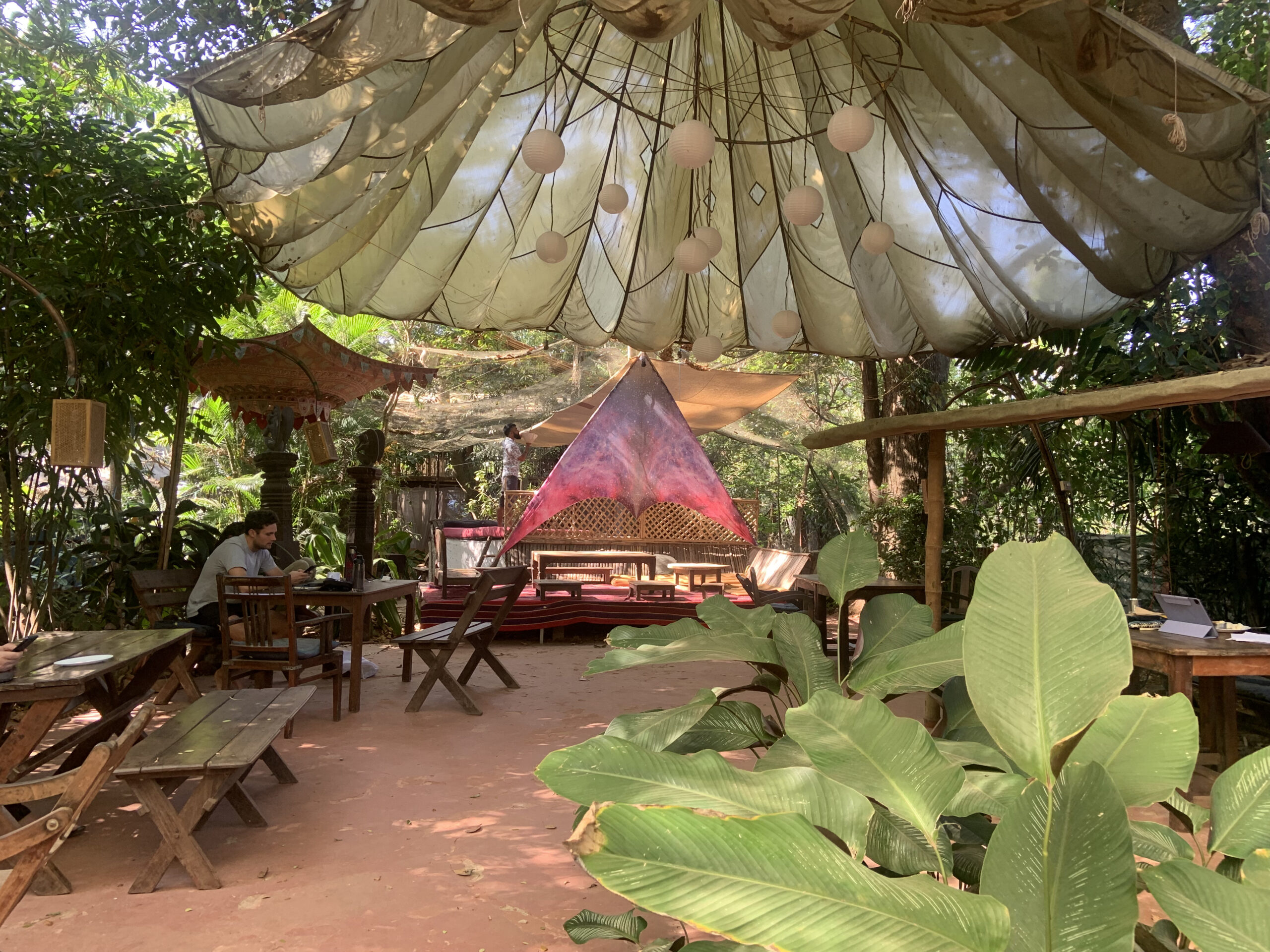
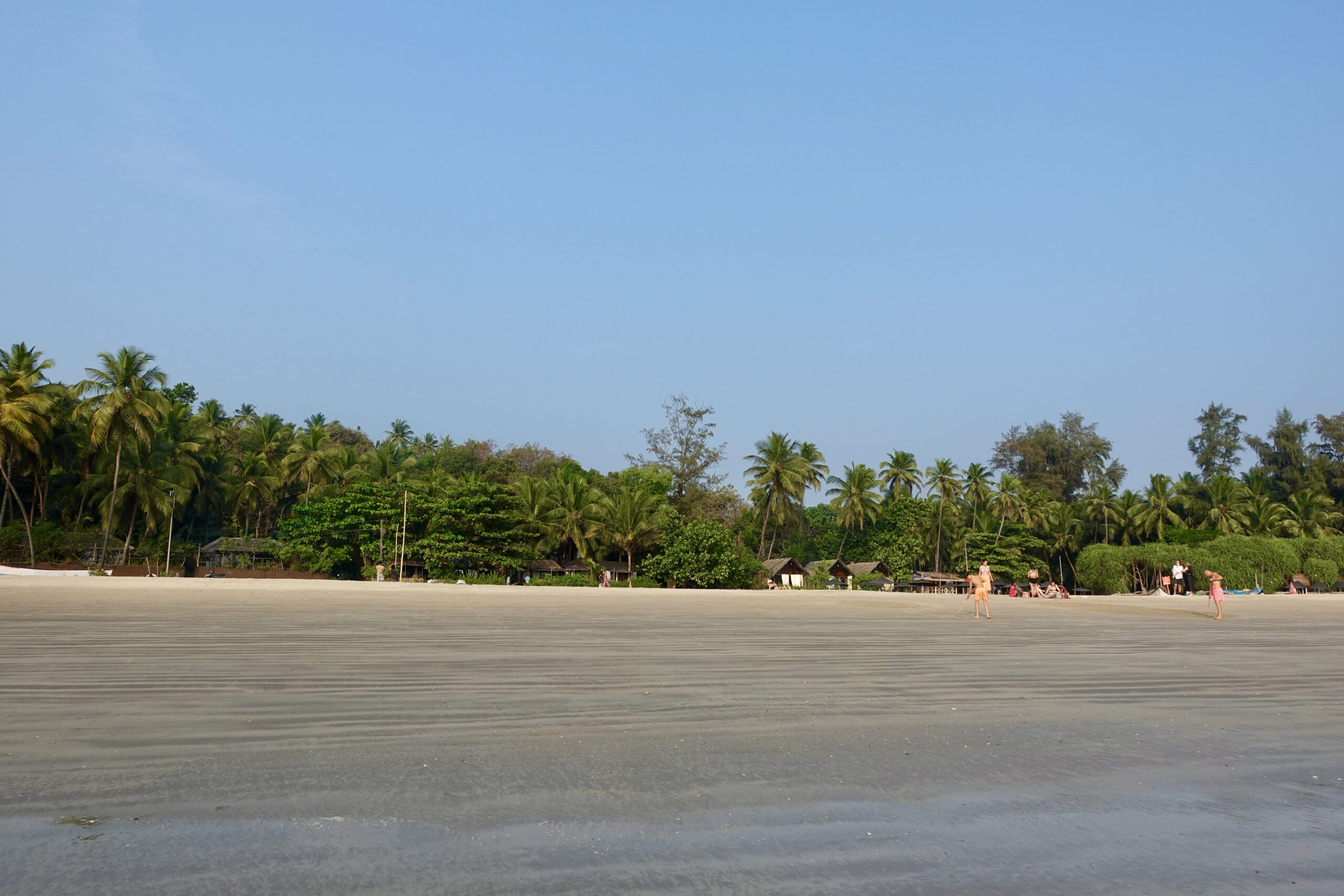
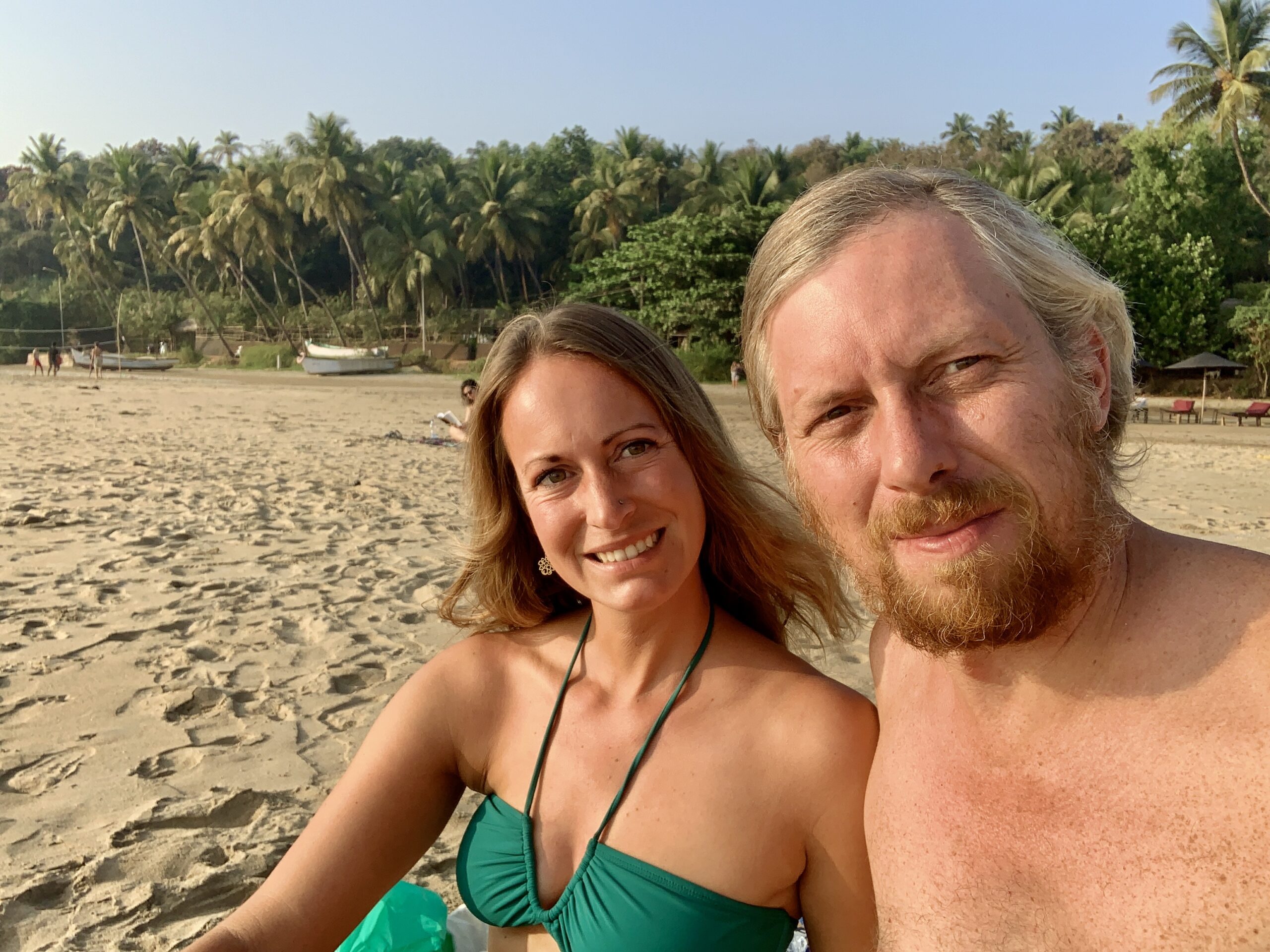

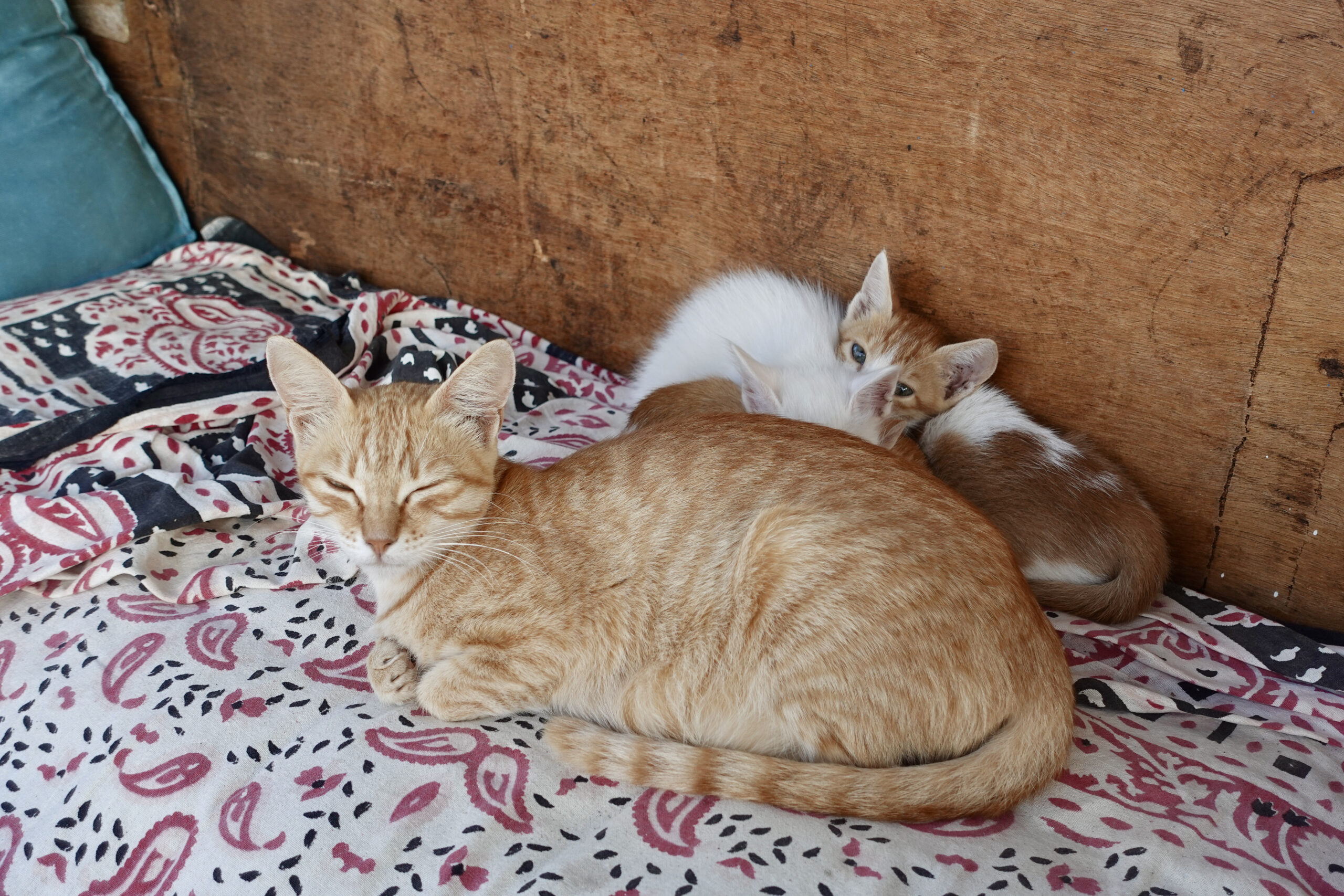
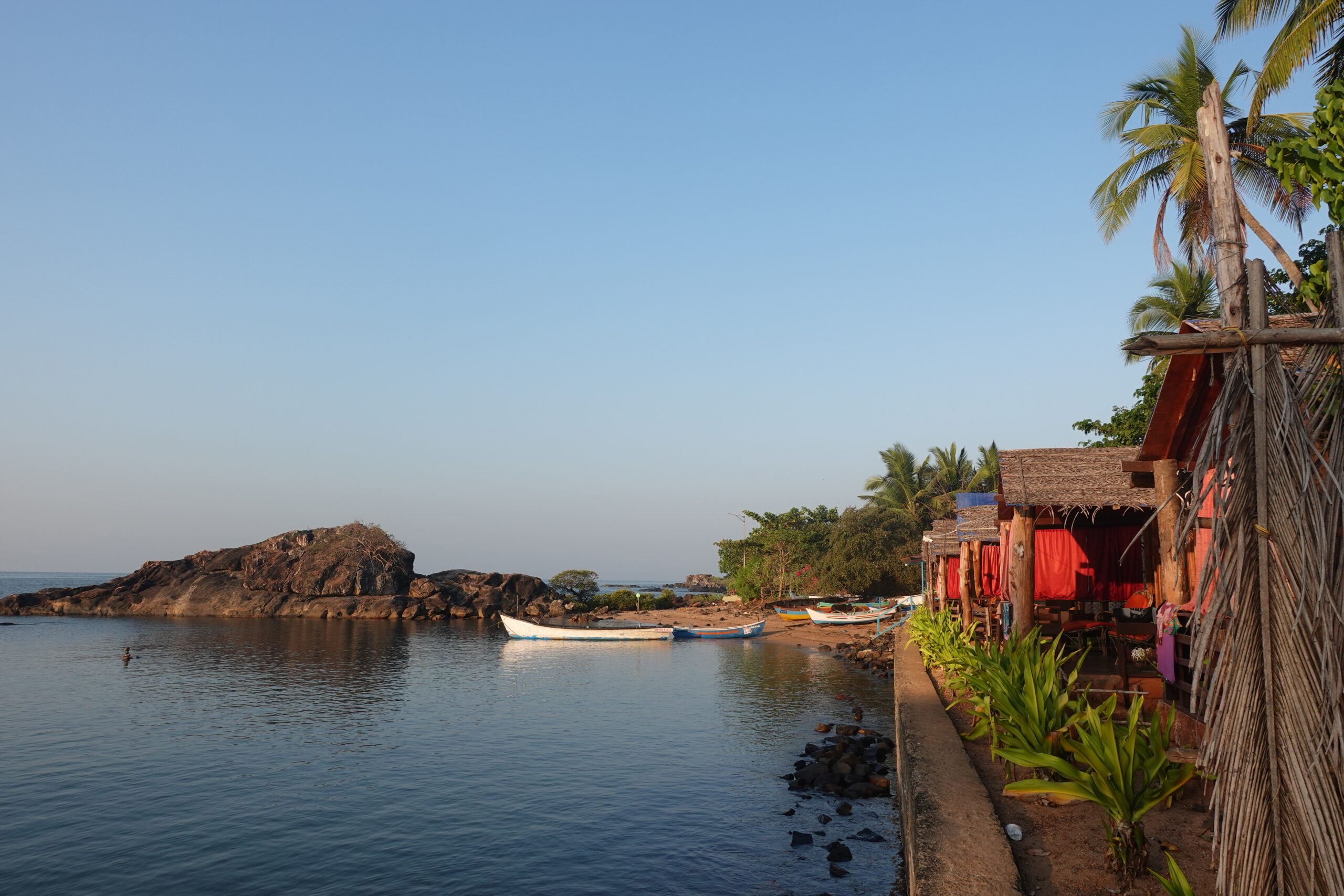
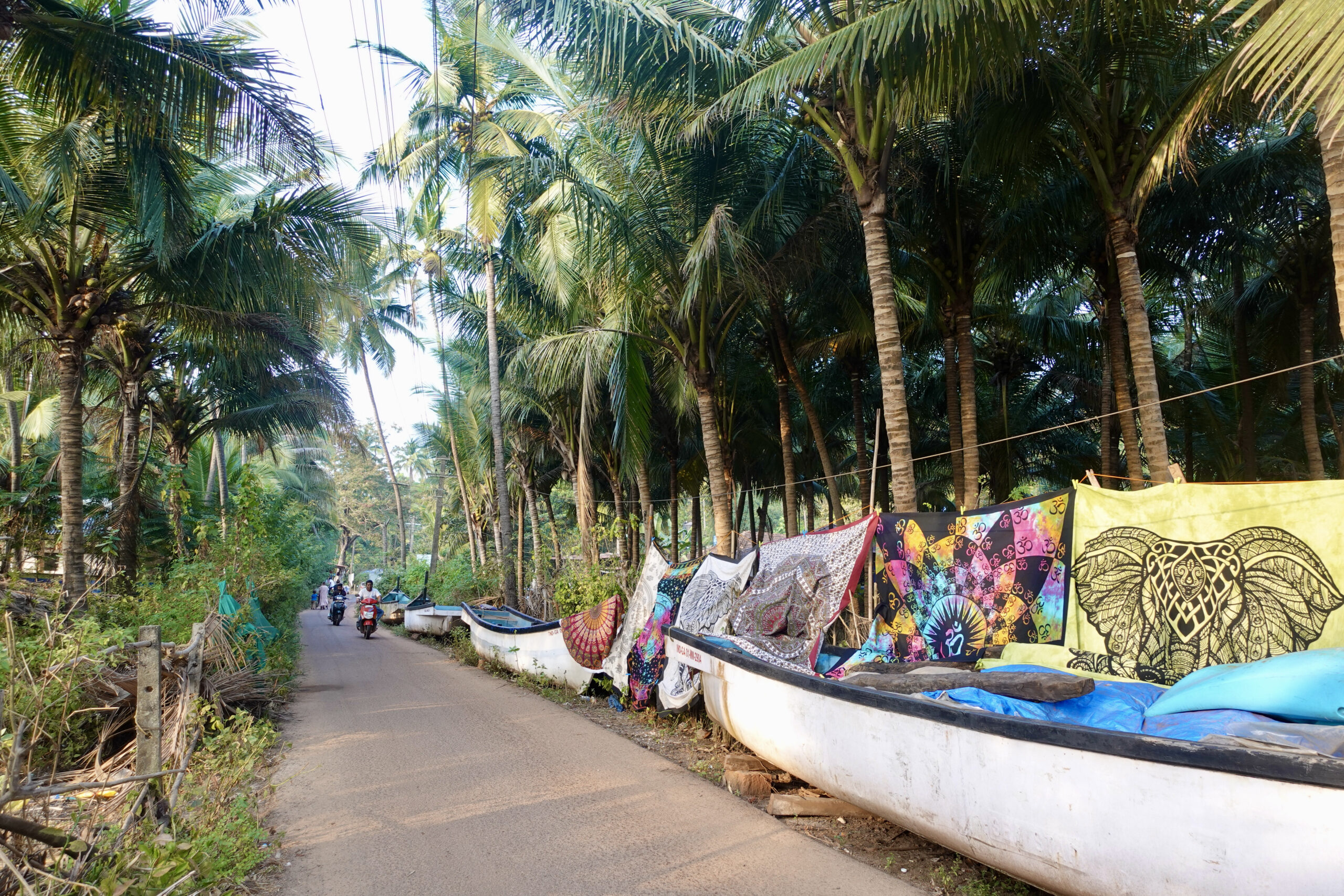

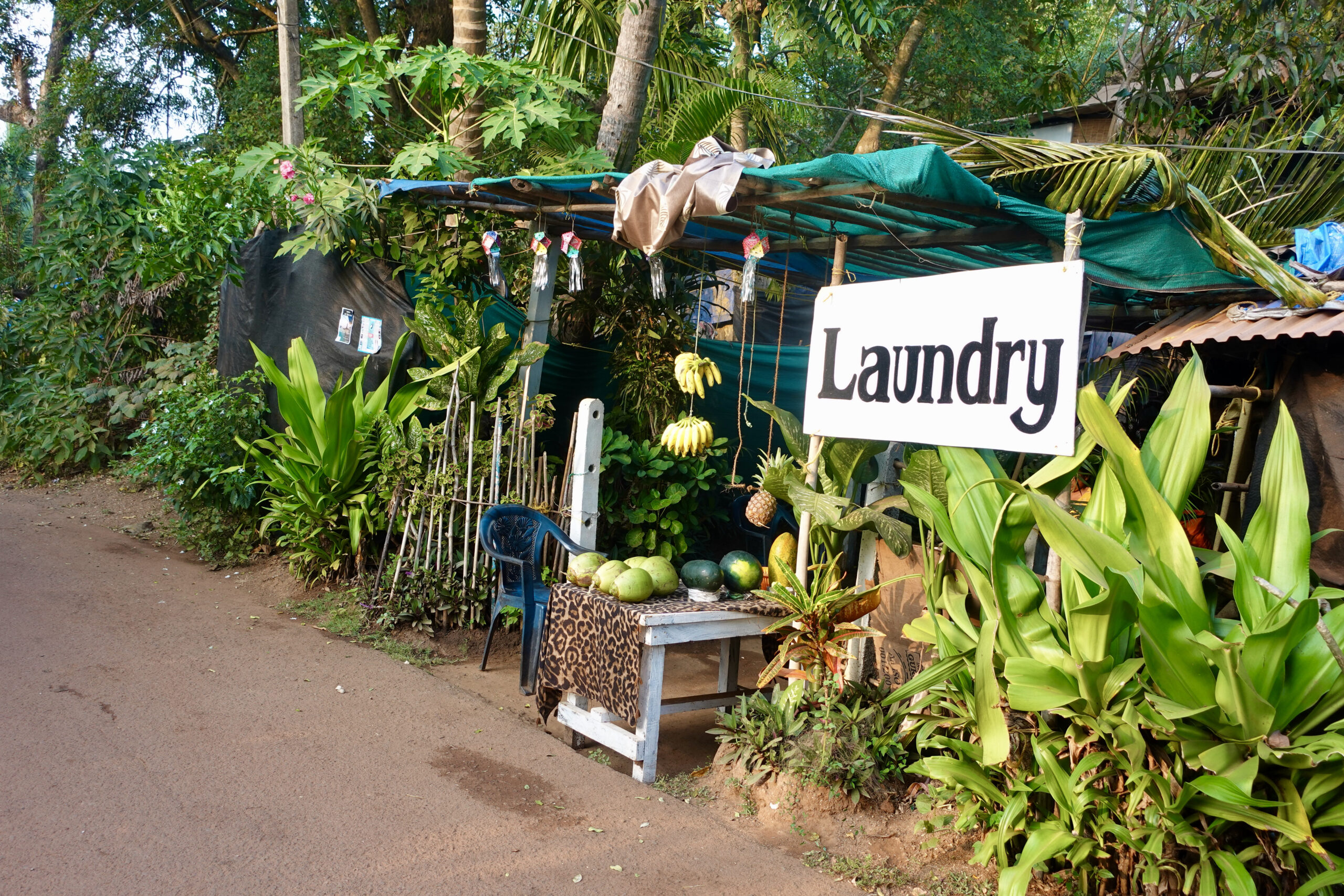
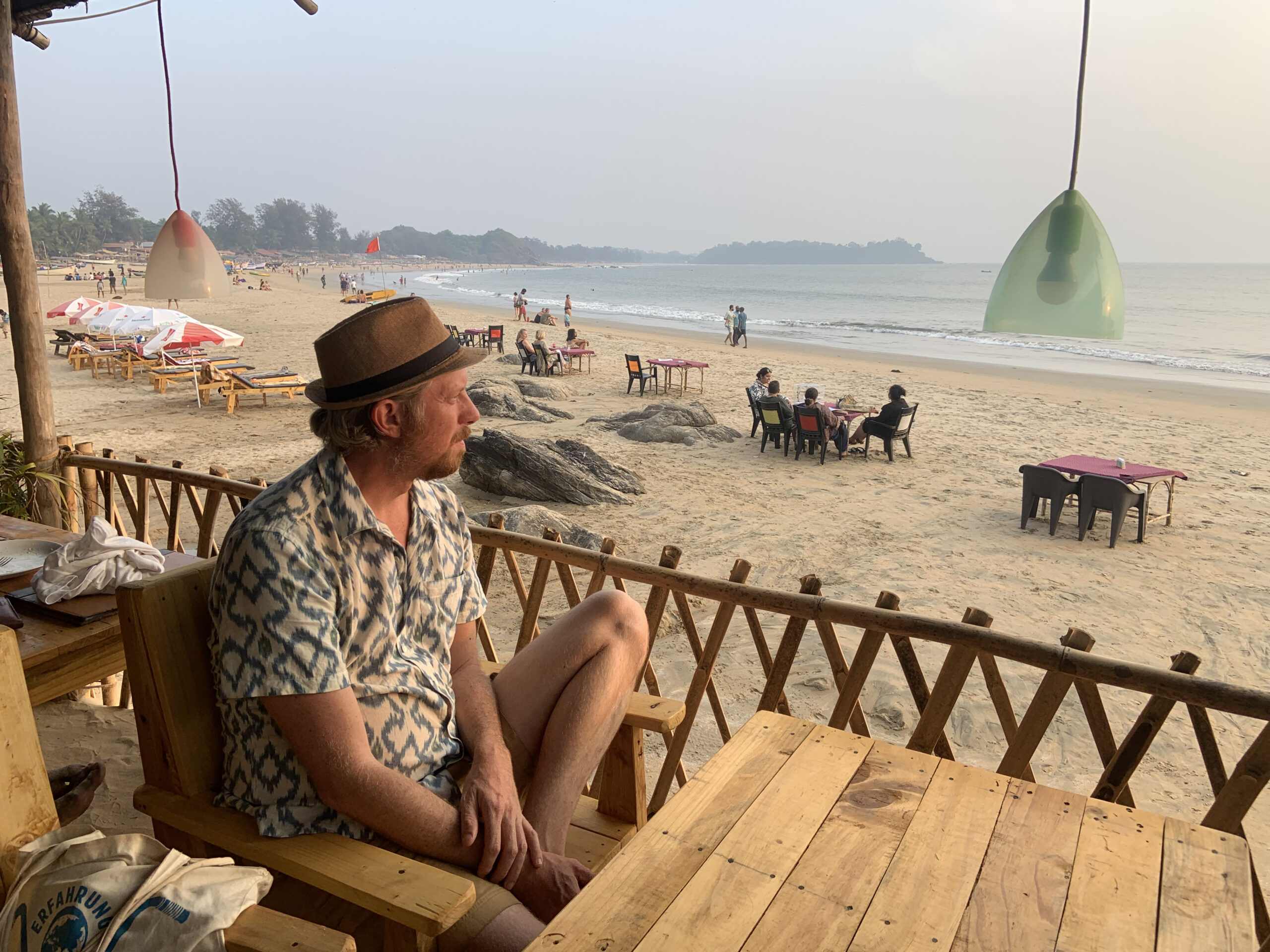


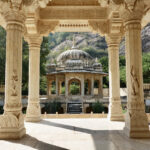
Leave a Reply